
Home » Tips for Teachers » 12 Resources for Special Education Teachers to Enhance Learning and Maximize Student Success

12 Resources for Special Education Teachers to Enhance Learning and Maximize Student Success
As a special education teacher, you are always looking for new and innovative ways to help your students learn. One way is to incorporate the use of technology into your teaching practice.
With the right websites, you can provide engaging lessons that will help your students reach their full potential. In this article, we’ll explore 10 websites that offer resources specifically designed for special education teachers. From online courses to interactive tools and games, these sites have something for everyone – no matter what level of experience or expertise they possess. So let’s dive in!
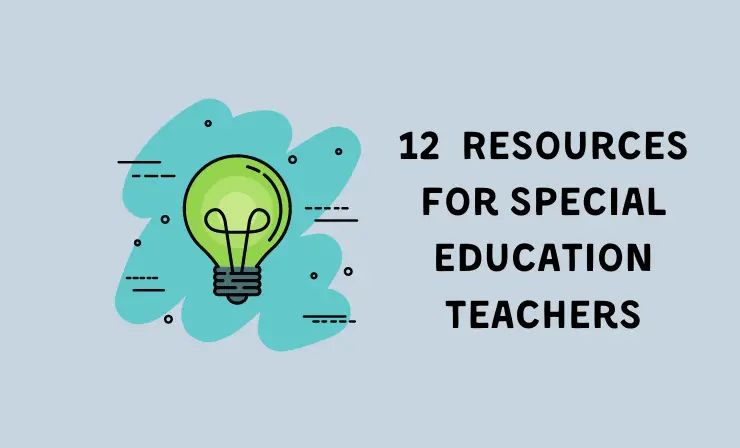
After readind this article you’ll know about:
- Teacher Vision →
- LD OnLine →
- AFIRM modules →
- The National Center for Learning Disabilities →
- Education Commission of the States →
- National Education Association →
- Paths to Literacy →
- 3 benefits of using these tools →
It’s no secret that special education teachers have a lot of work to do. We have a lot to do, create, and remember! Let’s face it, we need to find ways to make our jobs as special education teachers more manageable. To make your job at least a little easier, I’ve picked up 12 sites that will help solve this or that issue more effectively.
1. Naset — promoting the profession
NASET (National Association of Special Education Teachers) provides a unique platform for special education teachers to come together and support one another in the pursuit of modern professional development. With an exclusive focus on this vital field, NASET offers members invaluable opportunities to enhance their skillet and stay abreast of advancements within specialized teaching.
What is it?
For over a decade, NASET has been the go-to provider for professional development in special education. Today they have evolved their online platform to include an impressive array of courses, lectures, PowerPoint presentations and resources that aim to better equip educators working with those who need it most. With such vast content available now at its fingertips – from publications to webinars – this invaluable resource continues supporting teachers on their journey towards making real change in learners’ lives around the world.
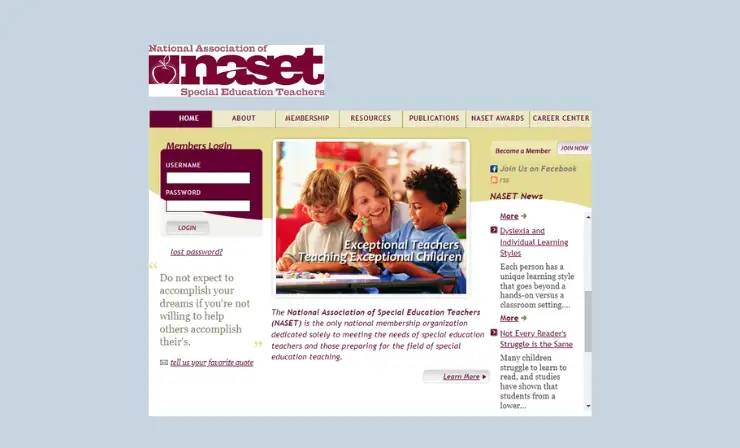
One organization stands at the forefront of special education: NASET. Its members stay informed on issues that matter, while striving to provide excellence in research, practice and policy innovation for students across the nation.
What Resources You Will Find :
- ABA to Autism Spectrum Disorder
- Behavior Assessment to Bullying
- Cerebral Palsy to Curriculum Based Assessment
- Deafness to Extended School Year Services
- Fetal Alcohol Syndrome to Government Agencies
- High Stakes Testing to Interventions
- Journals to Literacy Resources
- Magazines to No Child Left Behind (NCLB)
- Occupational Therapy to Psychological Terminology
- Q & A about IDEA to Rights of Children with Disabilities
- Setting Up Your Classroom to Triennial Preparation
- Videos to Who are the Children in Special Education?
2. Teacher Vision — all tips
Teacher Vision provides the cutting edge resources teachers need to support their students. Their team of certified, current classroom educators reviews and creates materials that are accurate, up-to-date and reflect changing educational needs.
With over two decades of experience, Teacher Vision has been a leading provider of educational materials and resources to educators across the nation – from early education to high school. Millions trusts them for quality tools that enhance other’s teaching.
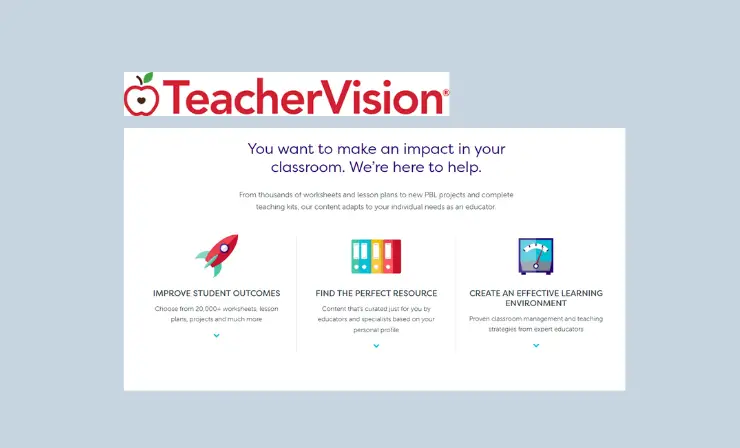
Teaching is more than just a job – it’s an opportunity to bring your vision to life. When the daily duties seem overwhelming and start threatening that dream, Teacher Vision is here with thousands of resources created by teachers for teachers: from standards-aligned lesson plans, helpful classroom management advice or stress relief workbooks.
- Informative articles on mental health and well-being, developmental and learning disabilities, and ADD/ADHD
- Tools you can use to help your students adjust to grades
- Grading tips
- Case studies to learn how to grade a student
- Teaching articles on how to teach and manage children with special needs
3. Learning Disabilities Online — information and support
Struggling with learning disabilities can be a challenging experience, but LD OnLine is here to help. Our comprehensive resource provides crucial information and support needed for both children and parents alike; this includes hundreds of articles written by experts on the subject as well as videos, columns in addition to personal essays from experienced individuals & artworks submitted by kids too!
With over 25 years’ worth of insight into disability-related issues within education environments – let us assist you through your journey towards understanding what it takes to make successful progress.
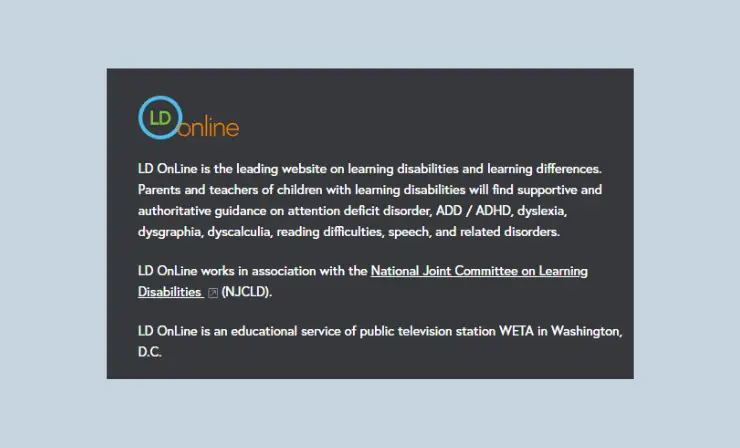
LD OnLine is determined to open doors of opportunity for both children and adults, arming them with the knowledge they need about learning disabilities and ADHD. LD OnLine provides invaluable resources to help teens and adults navigate the transition from school into higher education or meaningful employment. Our information also helps individuals with learning disabilities confront challenges which can otherwise impede success in these goals.
- Teaching mathematics
- Teaching writing
- Developing language and reading skills
- Using technology in the classroom
4. Do2Learn — innovation tools
Do2Learn began in 1996 with the help of a grant from the National Institutes of Health, seeking to bring together passionate educators and clinicians with tech experts. Together, they collaborate on developing innovative tools so that people like you can access their knowledge and resources worldwide.
Do2Learn began as a local resource, but soon blossomed into an international source of information. With over 11 million visitors per month and fierce search engine rankings, half their users come from abroad! This success is largely due to the thousands of sites that link back – in particular for picture cards, facial expressions and job tips searches.
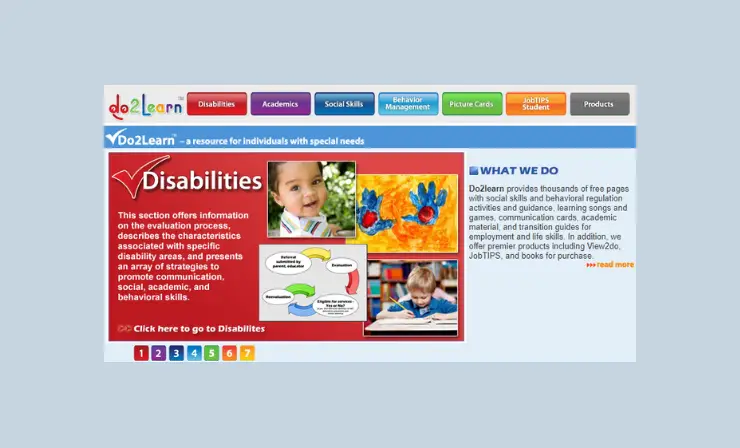
Do2Learn understands that busy teachers and professionals need more than just instructions on how to adapt their classrooms for children with special needs – they need resources. That’s why Do2Learn provides access to a Teacher Toolbox containing not only behavior management plans and literacy tools, but also free picture cards as part of the package! Making it easier than ever before to devise successful visual communication systems in your classroom.
- Free pages with social skills
- Behavioral regulation activities and guidance
- Learning songs and games
- Communication cards
- Academic material
- Transition guides for employment and life skills
5. AFIRM Modules — autism focused
The AFIRM modules are your comprehensive guide to expertly implementing evidence-based practices (EBP) with students on the autism spectrum, from infants to those up through age 22. Obtain valuable resources and materials right away — all available for download.
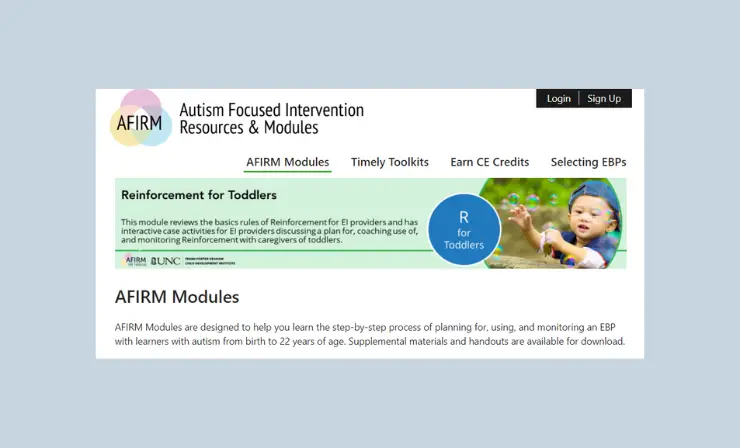
Autism Focused Intervention Resources & Modules (AFIRM) is an extension of the National Professional Development Center (NPDC) on ASD.
- A summary and example of each AFIRM resource
- Evidence-base
- Step-by-Step Guide
- Implementation Checklist
- Data Collection Sheets
If you work with children with autism, I recommend watching this video.
6. The National Center for Learning Disabilities — learning about disabilities
Explore the vast catalog of resources available at the National Center for Learning Disabilities. Broaden your understanding on learning disabilities with videos and informative articles, each carefully crafted to provide an in-depth insight.
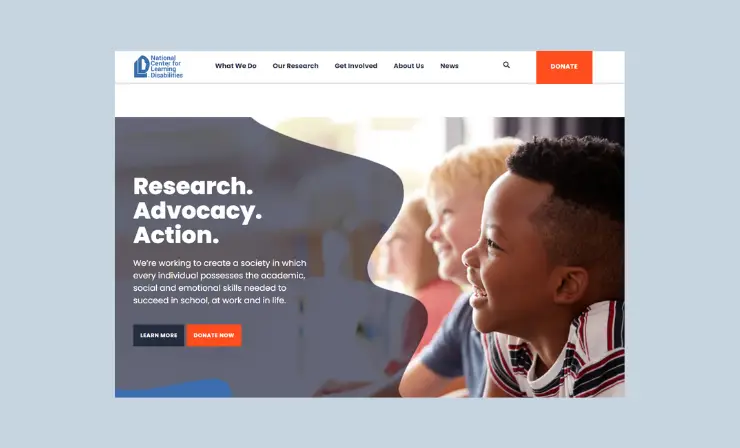
NCLD seeks to provide a brighter future for the 1 in 5 individuals with learning and attention issues. For over four decades, they have advocated for equal rights and opportunities so that those affected can develop essential academic, social, and emotional skills needed to succeed both inside of school walls and outside them. With proper support from NCLD’s team of specialists – all capable young people facing these issues are given every chance possible to reach their full potentials.
To learn more about the activities of this site, I suggest you watch this video.
- Navigating teacher-parent relationships
- Using assistive technology
- Using the 504 plan or the Individualized Education Program (IEP)
7. The Education Commission of the States — navigation of every aspect of education
Education Commission of the States empowers state policymakers with personalized support and innovative networking opportunities. By bridging education leaders together, their programs provide a platform for knowledge sharing to develop effective policy across states.
Their team of experts equips policymakers with the resources necessary to understand and navigate every aspect of education from preschool through career advancement. With their help, we all have a chance for brighter futures.
Connect with educators from around the United States and discover their unique approaches to meeting student needs by attending various events and workshops! Make lasting connections, learn new skills, and explore innovative strategies in order to best serve your students.
8. Raz-Kids — ebooks for everyone
Designed to keep kids engaged and motivated, their interactive learning portal provides access to leveled text in both online and mobile formats. Kids can listen, read at their own pace, or record themselves reading the eBooks before taking a corresponding quiz that evaluates comprehension. As they complete ten books with passing scores on each of the quizzes associated with them, students will level up – advancing into more challenging texts.
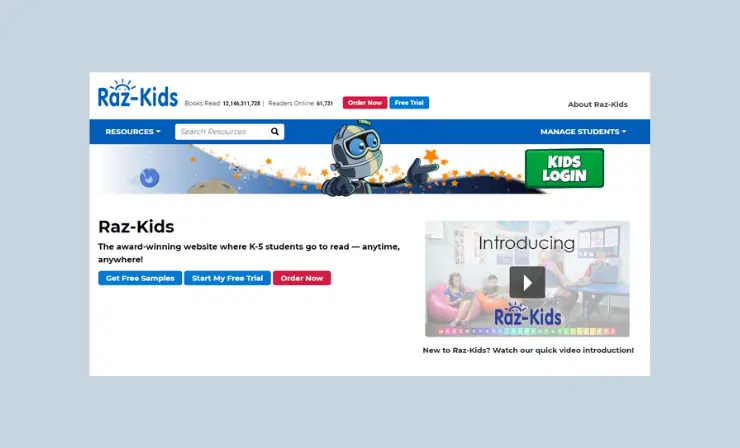
Raz-Kids is an innovative education solution that equips teachers with hundreds of leveled e-books at varying degrees of difficulty. Easy to use, this award-winning resource ensures every student has access to the appropriate content for their educational needs.
- 800+ leveled eBooks for students to practice reading anytime, anywhere
- Corresponding eQuizzes that measure student comprehension
- Spanish eBook and eQuiz translations for ELLs and bilingual programs
- Digital management and reporting tools to easily track individual and class-wide reading progress
9. The Bureau of Labor Statistics — professional development
Becoming a special education teacher can open up many doors – the BLS is here to help you take that first step. With statistics on job outlook and information on how to enter this rewarding field, discover what it takes for a successful career in teaching. You’ll experience not just personal growth within your profession, but also be able to explore different parts of our country; get ready for an exciting journey.
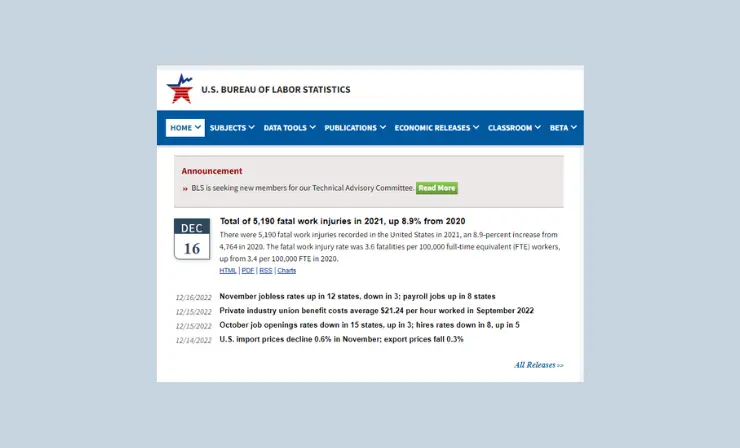
- Games and Quizzes
- Student’s desk
- Teacher’s desk
10. National Education Association — autism and disproportionality
The National Education Association provides insightful information on special education, helping teachers better understand topics such as autism and disproportionality. With a range of resources at their fingertips, educators can easily access guidelines that provide the necessary guidance for addressing individual student needs.
As the voice of America’s educators, NEA stands at the nexus between education and a brighter future. They are honored to bear this immense responsibility in light of our nation’s commitment to public school success. Their mission is to equip education professionals as they become the backbone of a unified nation, empowering all students with necessary skills so that everyone may succeed in our increasingly interdependent world.

With the goal of providing all students in America with an excellent education, regardless of their family’s income or where they live, NEA has mobilized its 3.2 million members to enhance instruction and student success while striving for safer schools overall.
- The Puzzle of Autism
- Truth in Labeling: Disproportionality in Special Education
11. Paths To Literacy — working with blind
As a special education teacher for blind or visually impaired students, you need the latest information and resources to ensure their literacy development. Paths to Literacy is an excellent website that can help! On this incredible site, you’ll find up-to-date insights on stages of growth as well as challenges your students may encounter – not only that but also discover strategies and gain access to a huge library filled with helpful materials.
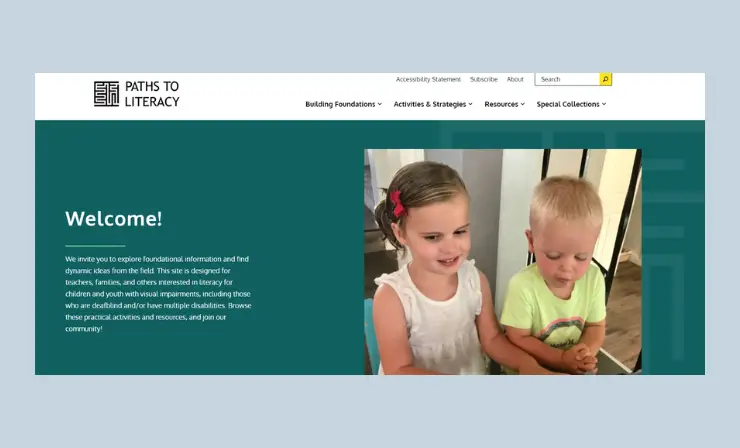
Perkins and TSBVI team up to create a unique online resource that seeks to expand the conversation surrounding literacy for students with visual impairments, deafblindness or other disabilities. This extended partnership is an unprecedented step in unifying resources, knowledge and insights into this critical area of study.
In 2010, two schools identified a common goal; to create an online platform where important literacy resources were saved and shared. By providing this space they aimed to help both their communities find reliable information as well as leave room for creativity and new ideas.
Paths to Literacy offers a range of information on the topic of literacy, from a basic overview to different stages of development and special challenges.
- stages of development
- challenges your students may face
- a huge library of literacy strategies and resources
12. SENict — touch activities
This website is designed for educators of all levels to maximize their students’ engagement. Through the use of switch, touch screen, mouse and eye gaze activities impacting learning experiences are facilitated; providing training materials and professional development services further supporting this goal. Plus a plethora of resources at your fingertips will leave you feeling prepared in no time.
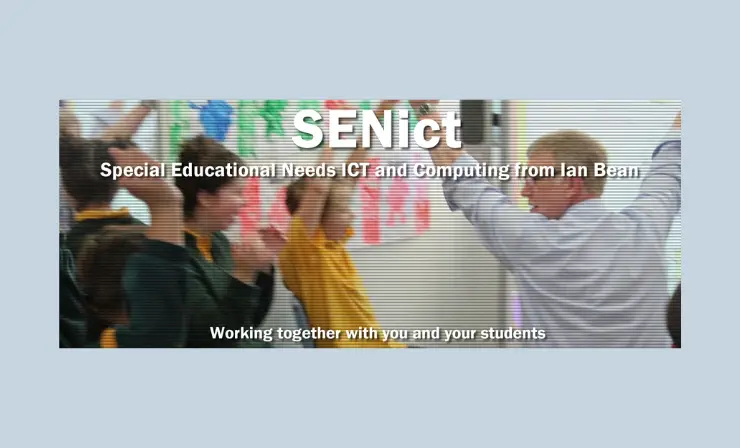
SENict is the website of Ian Bean. He provides expert consultation and training to leverage ICT and assistive technology in order to improve the lives of people with severe, profound, or complex additional needs. Through SENIct, Ian offers his expertise to enhance learning opportunities while also providing useful communication pathways for all ages.
- Over 500 free activities
- 27 SENict Software programs
- Four hours of training videos
- A large collection of other training and support files
These resources can provide teachers and students with the support they need to succeed in the classroom.
3 Benefits From Considering These Tools
Let’s take a look at some of the benefits of utilizing these incredible tools.
1. Customized Learning Plans
When dealing with special education, it’s essential to develop individualized learning plans for each student. Special education teaching resources can help make this process easier by providing teachers with access to customized educational activities, materials, and assessments that are tailored to meet each student’s specific needs. These materials can be used to create personalized lesson plans that will help students develop necessary skills and reach their goals faster.
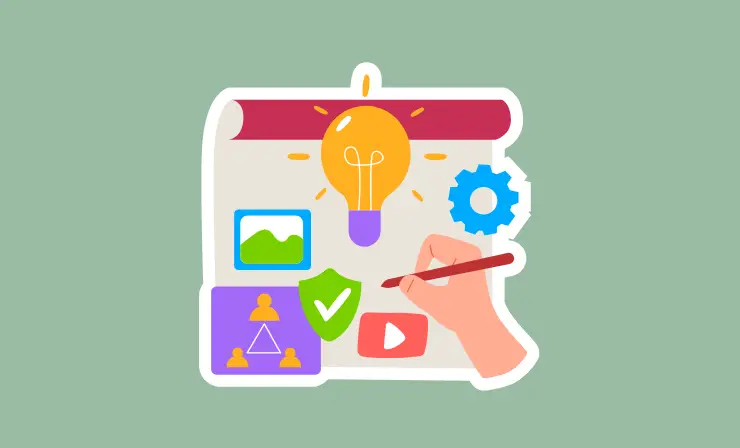
2. Increased Engagement
Special education teaching resources also offer educators the opportunity to increase engagement in the classroom by incorporating interactive elements such as videos, games, and puzzles into their lessons. For example, instead of having students complete worksheets as a way to review information, teachers can use online games or videos that allow them to review material while having fun at the same time. An increase in engagement often leads to better performance and improved retention rates among students with special needs.

3. Improved Communication
Finally, special education teaching resources can help improve communication between teachers, parents, and students by providing them with an easy-to-use platform where they can track progress and share updates on homework assignments or other important information about their child’s schoolwork. This improved communication is essential for helping teachers ensure that students are getting what they need from their instruction in order to flourish academically.
Useful Resources
- How to Become a Special Education Teacher
- 6 Tips for a First-Year Special Education Teacher
- What does a special education teacher do?
Overall, there are numerous benefits associated with using special education teaching resources in the classroom. By taking advantage of these tools, educators can develop customized learning plans for each student; increase engagement through interactive elements; and improve communication between teachers, parents, and students. With so many advantages available from utilizing these resources in the classroom, it’s no wonder why more and more educators are turning to them as a way to provide better instruction for their students with special needs.
- Recent Posts

Simona Johnes is the visionary being the creation of our project. Johnes spent much of her career in the classroom working with students. And, after many years in the classroom, Johnes became a principal.
- Exploring the Evidence: 7 Comprehensive Reasons Why School Should Start Later for Enhanced Student Well-being and Academic Success - February 15, 2024
- Why Students Should Learn a Second Language for Future Success: Exploring the 7 Benefits - February 12, 2024
- 9 Reasons Why Teachers Should Accept Late Work: Balancing Discipline and Flexibility in Education - January 31, 2024
Leave a Comment Cancel reply
Save my name, email, and website in this browser for the next time I comment.

Best Sites and Apps for Special Education
These top special education sites and apps are designed for teachers, students and families
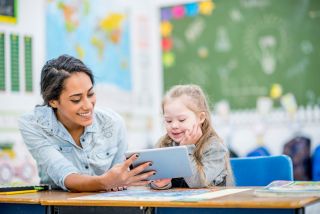
As of 2020-21, 14.5% of all U.S. students were special education students (ages 3-21). That translates to more than seven million who need teachers with specialized training to help kids with physical, emotional, mental and behavioral disabilities. The Individuals with Disabilities Education Act (IDEA) mandates that these students be educated with non-disabled peers to the greatest extent possible, in the least restrictive environment, and these apps and sites for special education can help.
When teachers improve their ability to engage and educate special ed learners, they’re simply fulfilling another version of individualized learning. Fortunately, in addition to graduate-level coursework, there are several high-quality online resources to help any teacher learn the theory and practice of working with kids with disabilities.
The following sites and apps provide lessons and activities for special needs learners, as well as professional development tools for teachers. All are free or modestly priced.
Better Lesson Instructional Strategies Explore a broad range of instructional strategies that, although diverse, all aim to support individualized learning. Choose from social-emotional learning, culturally responsive teaching, competency-based learning, and more. Within each category, learn how to plan, practice, and implement several related strategies. For example, SEL offers detailed guidance on self-regulation, self-awareness, and collaborative conversations. A rich resource for all teachers, not just special ed.
Sen Teacher Hundreds of free learning materials for special ed, including customizable printable downloads and interactive games in math, science, sensory/art, and assistive technology. Simple to use, and no account is needed.
TPT: Free Special Education Lessons and Activities Created, tested, and rated by your fellow teachers, these free special education resources are searchable by subject, grade, standards, and formats. Browse the handwriting practice, sight word activities, life skills, money math, and more to find exactly what you need for your classroom.
MakeBeliefs Comix for Students With Special Needs Learn how teachers across the country are using MakeBeliefsComix to help students with a variety of disabilities—from autism to stuttering—learn and thrive.
Tech & Learning Newsletter
Tools and ideas to transform education. Sign up below.
Autism Circuit Tools This site provides a diverse range of tools to help students make decisions, modulate their behavior appropriately, and understand consequences. Autism Circuit offers guidance and brief videos demonstrating how teachers can use tools such as choice boards in their classrooms. Other tools help students communicate, manage emotions, behaviors, and schedules.
Do2Learn Do2Learn is a nonprofit website providing free resources, tools, and activities to support educators in teaching children and young adults with special needs. The site includes interactive games, visual aids, and printable materials to engage learners of all ages and abilities. Educators can access a variety of lesson plans and curriculum ideas to create more inclusive and supportive learning environments.
Microsoft Learning Tools Immersive Reader OneNote Learning Tools provides a free immersive reader to help students boost their reading skills. Want to try it first? Just enter your own text into the box and start reading. Choose male or female voice, font and text size, background color and line focus. Other features allow you to assign color to parts of speech and display words in syllables. Click on any word to view a visual representation and to hear the word spoken. Translates words and entire documents into dozens of languages. Very cool tool, and super easy to use!
Paul V. Sherlock Center on Disabilities Adapted Literature and Lessons Nearly 500 classic, popular, and/or educational works of literature adapted for students with special needs. The works include digital books, movies, videos, music, and PowerPoint presentations that aim to help students with visual and other disabilities. Want to create your own adapted literature? Check out the Creating Your Own Adapted Literature Webinars explaining how to do so. Free, no account required.
Mindful Schools Features 10 free mindfulness classes for kids, including activities, mindful movement, and read-alouds. Courses for educators cover mindfulness basics, how to implement mindfulness in the classroom, and self compassion (a must for teachers!).
Otsimo Special Education iOs Android Developed by Zafer Elcik for his young autistic brother, the Otsimo app features a gamified, personalized curriculum for special education. Games focus on everyday basics such as clocks, weather and clothes as well as the alphabet, music, and colors. To view the app games, visit the website here . To play games, you’ll need to download the free app.
Voice Dream A suite of award-winning apps—Reader, Writer, Scanner—that provides text-to-speech reading, writing, and scanning capabilities in 30 languages.
AAA Math A no-frills K-8 math practice site that offers thousands of interactive math lessons, from addition to geometry to statistics. It’s easy to use -- just click on any topic or lesson and start practicing. Lessons are served in small, attainable blocks, which aids in preventing frustration. Plus, kids get immediate feedback on their answers. Free, no account needed.
BoomCards Special Education Decks Great collection of Boom Cards decks covering a wide variety of useful topics such as identifying public bathrooms, WH questions, verbs, modes of transportation, compare-contrast exercises, and more. Many are free or modestly priced, and all are sortable by grade, subject, and cost. Free account required. Want to learn more about how to use Boom cards? Check out What is Boom Cards and How Does It Work?
Autism Focused Intervention Resources and Modules Free modules to help educators and caretakers learn about autism and evidence-based practices. Also available for $35 are continuing education credit modules that cover topics from cognitive behavioral intervention to video modeling.
Paths to Literacy Lessons and Materials Fine collection of lessons, manipulatives, hands-on activities, videos, and more to support teachers who work with students with visual disabilities, including deafblind students and those with multiple disabilities
SENict Teaching Activities Free downloadable exercises curated to aid young people in advancing their accessibility skills via assistive technology, encompassing switches, touch devices, pointing devices, and eye gaze systems. Download each exercise individually or purchase a convenient memory stick loaded with 600+ activities, training videos, and teacher supports for £25 (about $31 U.S.).
Starfall A well-designed, ad-free site that focuses on making reading and math fun for students pre K-3. Starfall’s founder Stephen Schutz struggled with dyslexia as a child and created Starfall to help kids learn to read—and learn to love learning. Art, music, poetry, riddles, and more keeps kids engaged in the interactive material. Four membership levels range from $35 annually for home use to $355 for a school membership. Each section also includes clearly marked free content, so it’s easy to browse the site and try it out without an account.
Reading Rockets Reading Intervention Videos These highly instructive free videos feature literacy expert Linda Farrell working with struggling readers on specific reading goals such as mastering the alphabet, multisyllabic words, and blending sounds. Each video is accompanied by professional development guides as well as commentary by Farrell. Be sure to explore the entire Reading Rockets website for a wealth of additional literacy guides and resources.
- Best Deaf Awareness Lessons & Activities
- Top Sites for Differentiated Instruction
- Using the Metaverse to Help Students With Intellectual Disabilities
To share your feedback and ideas on this article, consider joining our Tech & Learning online community here .

Diana has been Tech & Learning's web editor and contributor since 2010, dedicated to ferreting out the best free tech tools for teachers.
Free Classes from Google and Adobe That Certify Educators Have Basic AI Literacy
Edtech Show & Tell: May 2024
Catchy Words: How to Use It to Teach
Most Popular
- Grades 6-12
- School Leaders
Live Event: Cool Ways to Teach with Graphic Novels!
40+ Best Online Educational Games for Every Grade in 2023
Make screen time meaningful and fun!
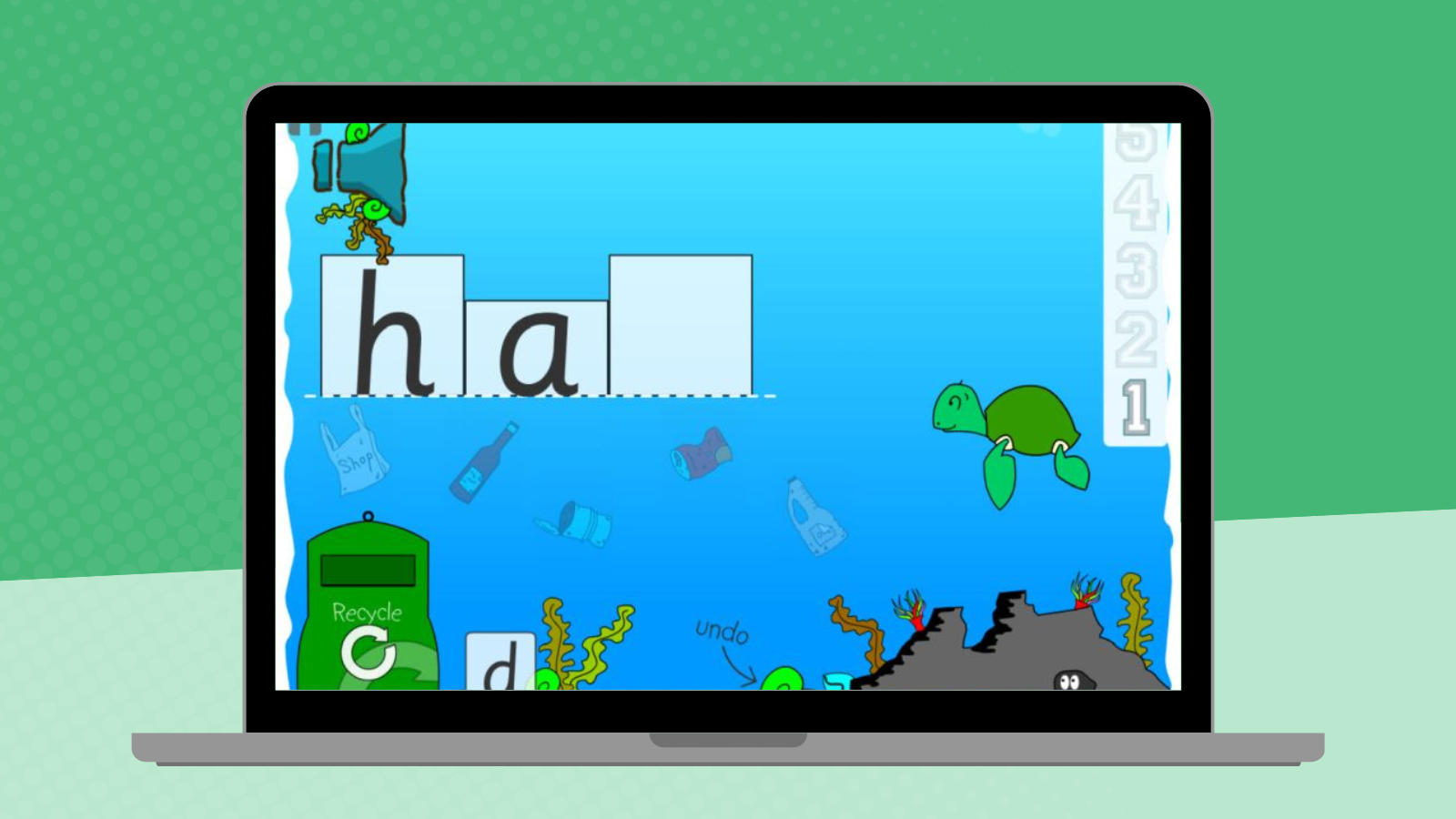
Kids are always asking for more screen time, and parents and teachers are always looking for ways to make that screen time more worthwhile. Fortunately, there are endless free online games for kids that teach language arts, math, science, art, and STEM. If you’re not quite sure where to get started, try this list of our favorite teacher-approved online educational games. You’ll find educational games for students in every subject and every grade.
Preschool and Elementary Online Educational Games
Middle and high school online educational games.
Offering a full curriculum for children ages 2 to 8, this site includes fun and interactive games, songs, and puzzles for reading, math, science, and art. (Free for teachers and classrooms; subscription available for home use)
Adventure Academy
From the same company as ABCMouse, Adventure Academy takes kids ages 8 to 13 on a knowledge quest through language arts, math, science, and social studies. (First month free, then monthly subscription fee)
Looking to improve outcomes in a way that kids will enjoy? This educational game takes K-12 students on a time-traveling adventure to meet some of the most influential mathematicians in history. (Monthly or annual subscription plans for families; schools request price quote)
Duck Duck Moose Reading
Based on Common Core State Standards, this app teaches phonics including the letter sounds for all consonants, short vowels, and long vowels. Kids will also practice spelling consonant-vowel-consonant (CVC) words. If you like this one, check out Duck Duck Moose’s whole collection of school games online. (Apps are free to download and play.)
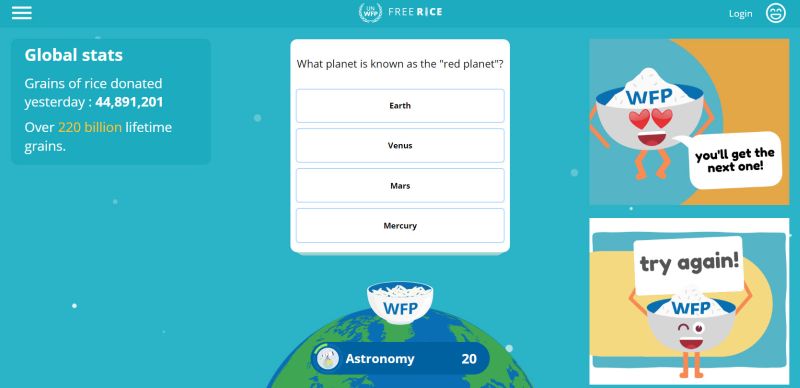
Test your knowledge while earning rice for those in need! Each time you play, you’re helping the United Nations World Food Programme provide food to those around the world who need it. The game offers a variety of subjects and difficulty levels. (Free)
Dive into a coral reef or be a star climber on this great site that features a wide assortment of free online games for kids. These educational games focus mainly on reading and math, but you’ll find lots of fun activities here with options for pre-K through grade 8. (Free)
Gamestar Mechanic
Do you have gamers in your class? This site helps kids ages 7 through 14 learn how to design their very own video games through game-based quests and courses. (Free)
Whether they’re jetpacking through the stars in Zapp Von Doubler’s Space Race or clearing weeds in the garden in Om Petalhead’s Flower Power, kids will enjoy this collection of fun educational games that get them up and moving! (Free)
KUBO Play – Coding for Kids
KUBO Play is an interactive online platform that teaches coding and computational thinking to early learners. Its three activity modes (Free Play, Practice, and Story) include more than 100 coding tasks combined. You can even customize your students’ learning pathways. (Contact for pricing)
Learning Games for Kids: Health Games
Kids in grades K-5 can learn about a range of health topics, from body parts to staying fit, with these interactive online games. They’re perfect for science learning enrichment. (Free)
Little Alchemy 2
This deceptively simple game is actually a lot of fun. Kids (and teachers!) can experiment with combining different elements, such as fire or dirt, to create something entirely new. It encourages creative thinking as well as knowledge of the world around us. (Free)
Minecraft: Education Edition
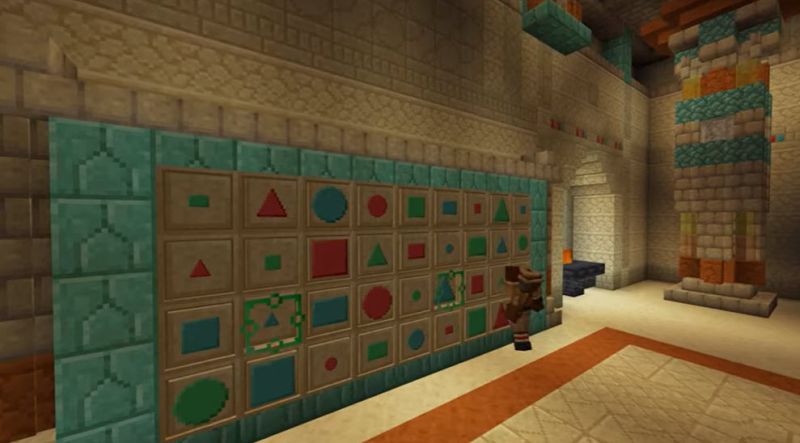
Kids love the regular Minecraft video game, but this education-focused version takes learning to the next level. With lessons, STEM curriculum, and project-based challenges, this immersive digital environment promotes creativity, collaboration, and problem-solving skills. (Priced per user, per year)
Moose Math engages kids in a mathematical adventure and teaches counting, addition, subtraction, sorting, geometry, and more. While playing five multi-level activities in the Moose Juice Store, Puck’s Pet Shop, and Lost & Found, kids can earn rewards to help build their own city and decorate buildings. (Free)
Multiplication.com
Need to master your multiplication facts? This is the site to try! Fun games and memory-building strategies will help students tackle this key skill. (Free, with Premium membership available for extra features)
National Geographic Kids
Head out on the trail with Captain John Smith, explore Ancient Greece with Zeus the Mighty, or just take a quiz about sharks on this robust site filled with great educational games for students. (Free)
PBS Kids Games
You’ll find everything from social studies to teamwork and feelings in this incredible collection of games that vary in degree of difficulty. The website is truly filled with some of the very best educational games centering on science, social studies, history, and art. (Free)
Prodigy Math
Looking for personalized math lessons for your students? Kids in grades 1-8 take a Prodigy placement test that generates games tailored to their strengths and weaknesses. They’ll build confidence by solving math challenges to progress in the game. (Free)
RoomRecess.com
Access over 140 online educational games for kids in grades K-6 on this site, which was developed by an elementary school teacher with a focus on reinforcing fundamental learning concepts in math, reading, spelling, language arts, typing, and problem-solving. (Free)
Roy: Tale of a Singing Zebra
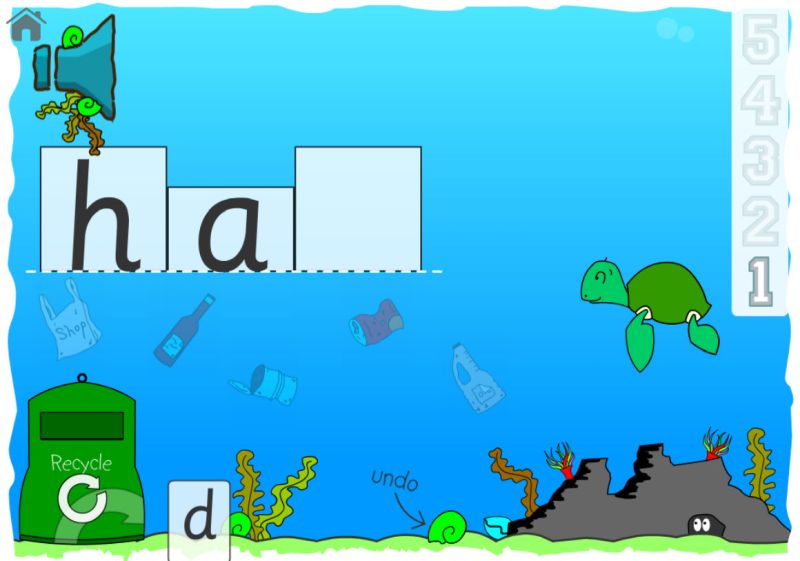
Kids pre-K to grade 2 will enjoy the punctuation, reading, and spelling games on this cute, simple site. You’ll also find online guided-reading stories and lesson plans for teachers. (Free)
Starfall activities are research-based and align with individual and Common Core State Standards in English language arts and mathematics. There are engaging and interactive games for students in grades K-3. (Some free content with subscriptions available)
Teachers love this great site that offers personalized math and spelling practice for kids ages 5 through 13 through adaptive learning and multi-player games. This is definitely one of the best online educational game sites out there! (Monthly subscription fee)
How good are your airbrush skills? Which famous artist should design your bedroom? Are you a master of street art? Kids can explore these questions and more with the cool quizzes and games on this art-focused site from the Tate Gallery. (Free)
Toy Theater
How would your students like to learn multiplication while shooting hoops? They can do that and more at Toy Theater, which teaches early math concepts through game-based learning. (Free)
Turtle Diary
Introduce kids to new, exciting ways of learning with the help of fun online games, videos, experiments, puzzles, coloring sheets, and more! Turtle Diary activities pair with the appropriate grade level to enhance retention of material and increase success in the classroom. (Free)
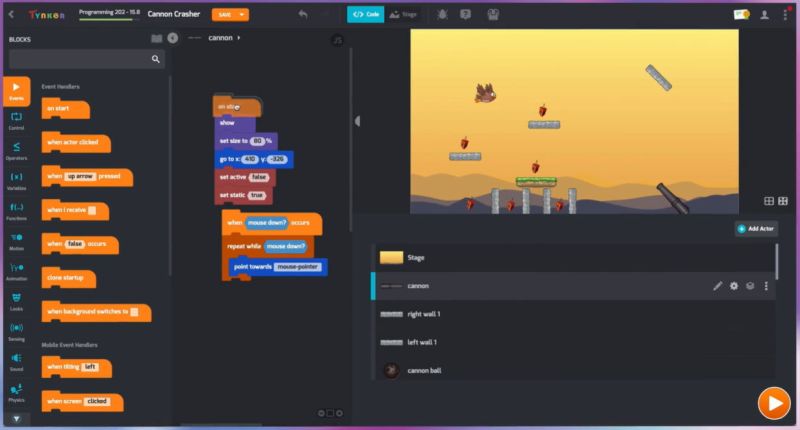
The games and challenges on Tynker give kids ages 5 and up a fun and easy way to build coding skills. This is one of the top online educational games for young coders— see more of our favorites here . (Subscription required)
Vocabulary A-Z
Dive into engaging learning activities and games for kids in first through sixth grades, designed to promote vocabulary, spelling, phonics, and language arts. (Free basic access; Premium membership unlocks complete library)
Algebraic Reasoning Sweet Shop
Who doesn’t like candy? Buy and sell sweet treats in this game that helps students grasp concepts related to price and purchasing. (Free)
Boat Coordinates
Use this fun boating game to learn and practice concepts related to grids and quadrants. Race along the X and Y axes to get to the finish line as fast as you can! (Free)
Cells Alive
This information website provides all sorts of interactive ways to learn about cells! Interactive models, puzzles, and more all help tell the story of this building block of life. (Free)
This guessing game uses maps and photos from around the world to educate kids on world locations as well as historical landmarks and famous cities. User-made quizzes add to the guessing fun! (Free)
Get the Math

Explore all the ways you really do use algebra in the real world. Students see how professionals use math in music, fashion, video games, restaurants, basketball, and special effects. Then take on interactive challenges related to those careers. (Free)
Created by a high school student, this interactive review game is something kids can play on their own devices, earning in-game money for correct answers that they can use to buy upgrades and power-ups! (Free, with Pro subscriptions available)
High-Stakes Heist
Kids use their knowledge of the order of operations to crack the safes and help hero Kit Foxtail return the townspeoples’ money that was stolen by the evil Duke von Wolfington. They’ll have to think fast as they try to solve equations in the correct order before time runs out! (Free)
Help kids learn the foundations of civics and government with this collection of highly interactive games including Court Quest, Newsfeed Defenders, and Do I Have the Right? (Free)
Kids Environment Kids Health
Through a wide assortment of puzzles, riddles, brainteasers, and more, kids can learn about their own health and the health of the environment on this website from the National Institute of Environmental Health Sciences. (Free)
NASA STEM Engagement
With a variety of games, activities, and educational options to choose from, the NASA Stem Engagement site offers options for all grades. Learn, discover, and play online educational games related to space technology and exploration. (Free)
Physicsgames.net
This website offers dozens of different simple games to choose from that help educate kids on the mechanics of physics. Whether they are shooting pigs, knocking down walls, or trying to balance a building, they’ll learn and have fun at the same time. (Free)
Science Vocabulary Hangman
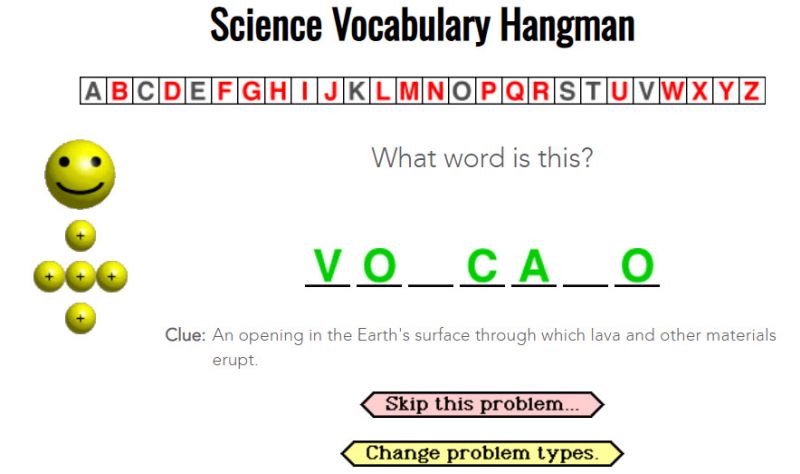
Use the clues to guess the scientific term before the cellular hangman disappears. Choose from literally hundreds of subject sets that include grade-specific vocab, state-level standardized tests, and more. (Free)
smokeSCREEN
As part of their #BeTheFirst Initiative, smokeSCREEN was developed by the play2PREVENT Lab, 1stPlayable, and Schell Games and funded by the NIH/FDA and the CVS Health Foundation. The game addresses the range of challenges that young teens face, with a dedicated focus on youth decision-making around smoking and vaping and strategies for both smoking prevention and cessation. Educators can request free access to the web-based game here . (Free)
Sortify: Angles
Learning about angles can be tricky, but this game uses cue cards and sorting bins to help students learn to properly classify angles into different categories. Make sure they’re all correct and then submit the responses to earn the most points. (Free)
Though Quizlet is known for its huge array of digital flash cards, this educational site offers much more for students. AI tutors help kids learn more about tricky subjects, plus transform their own notes into interactive learning activities. (Free; Quizlet Plus has more features available for a subscription fee)
Trigonometry Minigolf
Trigonometry has never been more fun than in this game that uses correct answers to power your golf swing as you aim for a hole in one! Miss an answer? The game will let you know what you did wrong and give you another shot. (Free)
Wrecks Factor
S.O.S.! Ships are sailing into your harbor and you need to help keep them from sinking! Solve the quadratic equations to keep the boats afloat and clear the board … if you take too long, boats start to sink and you lose a life. (Free)
Did we miss one of your favorite online educational games? Share in the We Are Teachers HELPLINE group on Facebook .
Plus, 28 online interactive math games kids will love ..
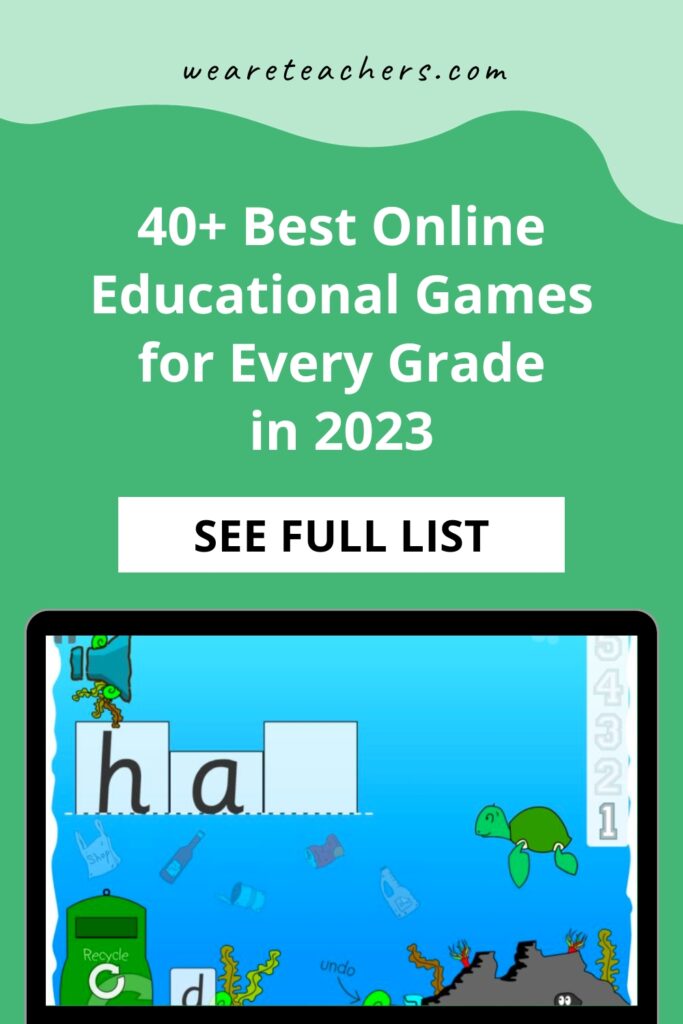
You Might Also Like
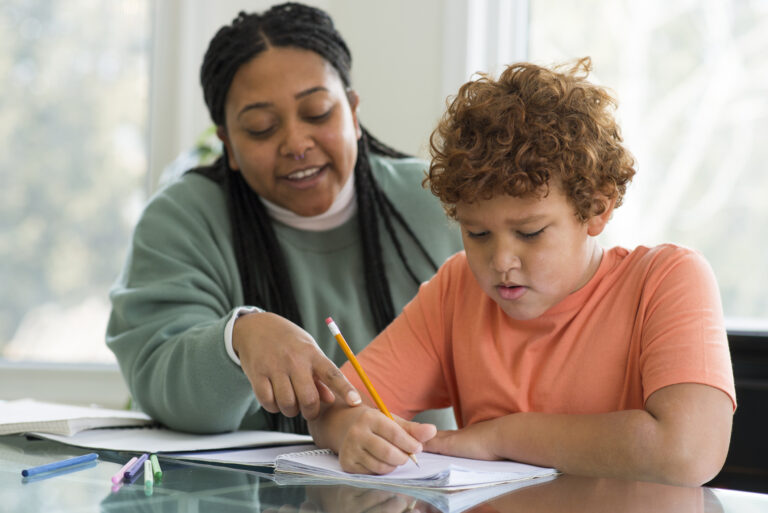
Paraprofessional Job Description Templates and Examples
Here's how to sum up this key education role. Continue Reading
Copyright © 2024. All rights reserved. 5335 Gate Parkway, Jacksonville, FL 32256
Feeling stuck writing your IEPs? Download the 10 IEP Writing Commandments for FREE here!

5 Must-Try Math Websites for Special Ed
Making sure our students have enough math practice is vital. Thankfully, there are math websites that are great for special ed (and general ed!) that can be used while teaching in the classroom or online.

Before diving into a website though, it’s important to make sure that it’s a good fit for your needs and your students’ present levels.
Here are some of our favorites and ones that other teachers have also recommended. Give them a try!

Practice Math Facts Using These Math Websites
While these math websites may work for some teachers, they may not work for all. We recommend trying the sites out ahead of time and then, if they’re a good fit for your students, introducing them slowly. This will give you a chance to peruse them before your students start diving into independent practice.
1 – SplashLearn
Designed for students in PreK-5, SplashLearn is a fun, engaging, and effective math website. It can be personalized for each student so that he or she is always working on the skills that they need the most help with at the moment. There are trackable reports to make it easy to keep tabs on your students’ progress as well. The best part? It’s free!
2 – XtraMath
Make sure your students are fluent with their math facts with the help of XtraMath! This free math website allows students to practice and improve their math facts skills. There are upgrade options with more thorough reporting and customization if that is something that would benefit your students.
3 – Zearn
Do your students thrive from watching videos and then practicing their math skills? If so, Zearn Math might be a great option for your special ed students. Zearn was built by teachers for teaching in the classroom. The program includes over 800 lessons and is designed to work with your classroom instruction. Want to check it out? It’s free!
4 – Boddle
Need a math website with an app for your students’ iPads? Boddle is a 3D math game that is accessible on the web and with an Apple app that’s compatible with iPads and iPhones. With engaging, differentiated learning, Boddle provides students with personalized math practice and real-time reporting. Teachers can sign-up for free!
5 – Prodigy
As an adaptive math game, Prodigy is known for engaging students and giving them the personalized math practice that they need to succeed. The Prodigy Basic plan is free and includes classroom reporting and core gameplay features. There are two other tiers of membership if you want to add extra elements to your students’ gameplay.

No matter which math websites you introduce your students to, make sure that they are developmentally appropriate. The best math websites will be the ones that keep your students engaged and learning with little frustration and a whole lot of fun!
You May Also Like…
- Assessment in SPED – Math for K to 3
- Guided Math Apps for Special Ed
- Guided Math: Differentiating Instruction

- Search Search
Success! Now check your email to confirm your subscription.
There was an error submitting your subscription. Please try again.
- Mrs D’s Corner Shop
- Teachers Pay Teachers
Get the Inside Scoop!
It is Autism Awareness Day - Recognizing those on the autism spectrum who need our support and understanding, and helping them achieve their goals and what is meaningful to them.
View our featured blog posts and get 10% off products on special..

Teaching Special Needs Students Online and At Home
I am getting requests from teachers and other support staff on how to best serve their students with special educational needs while at home. Some individuals will not have the ability or capacity to engage in traditional online learning formats that are currently being offered through the Zoom platform, for example. Instruction still needs to be personalized for the best possible outcome. Parents and siblings may have to act as the support person with no educational assistants in place. Parents want guidance and a meaningful education program for their child while they are at home for this extended period of time.
Here are some possible suggestions for educational plans with resources that can be constructed and delivered to special needs students at home. Every idea will not be for every student due to their preferences, strengths and learning styles. What can be done will also be dependent on the support that can be provided in the home environment.
An Exercise Plan
There should be a plan for daily exercise. This can be lead by the teacher or a plan can be given for the student to follow. My son is able to follow yoga poses and can do his practice on his own but he has been practicing yoga for many years now. Daily walks are excellent. If a child needs something to focus on while walking, maybe try an object search game like find a twig, a stone, a pine cone, a dog on a leash etc.
Simple calisthenics like jogging on the spot, jumping jacks, squats, balancing on one foot, lunges, and burpees are good ones to try. You can also do these movements to music. Encourage your students to take body breaks throughout the day for a few minutes just to help with regulation and anxiety reduction.
A Relaxation Plan
I have spoken about this in past blogs . When you are all in one place together for an extended period of time, it’s important to have some quiet time scheduled in the day or activity can become overwhelming. You can do some deep breathing exercises together, gentle meditation on a mat on the floor to soothing music, and some simple stretches that are held for a minute. For teens, there is a good book that can self-guide with relaxation called The Relaxation and Stress Reduction Workbook for Teens. For children, When My Worries Get Too Big is a great choice for developing a relaxation plan. Take advantage of this slower, quieter time in the world to teach this important skill.
Sensory Activities
Sensory activities can work on a variety of skills such as gross motor, fine motor, oral motor and visual perception to list a few. This website gives 150 sensory learning ideas , grouped by sensory areas, all using materials you can find at home. You can suggest activities for each student to do based on their sensory profile. If you prefer a book format, I really like the OT Barbara Sher’s ideas as she uses simple materials you can find at home.
You can also suggest some household chores which can involve lifting, pushing, pulling, movement and fine motor skills. This will also work on life skills too which are an important part of any program.
The fine arts are a wonderful outlet for self-exploration, creativity and self-expression. They are another channel for communication, showing us a window into a person’s world. Experiences in the arts play a valuable role in helping a person to participate fully in the community and in society as a whole. They provide enrichment in life and can be an excellent teaching tool.
Art activities allow a student to be creative and work on fine motor skills. Simple art activities can be found all over the internet. You can find them divided by age group and ability. If you are looking for projects specifically for students with autism, try this site .
Music is also an important part of any child’s education. You can do simple rhythm exercises together using household items for percussion instruments such as tapping two wooden spoons together. Make your own instruments from recycled items. Clapping patterns, singing together, and dancing are great ways to enjoy music.
For more ideas on how to access the fine arts, click here .
Life Skills
I have written about critical mass and the time it takes to build a skill to competency. This time at home allows for additional practice time for skills. Cooking and baking are very popular now. Think about doing a recipe with your class. You could break it down by equipment, how to do things like stir, fold, whisk, and measure. Have your students contribute a favorite recipe. Talk about food groups, spices, herbs, introduce a new fruit or vegetable. Explore where a food comes from or how it grows (in the ground, on a tree, in a bush). This can be done through pictures or YouTube videos. Create shopping lists around a recipe. Have students choose something out of their cupboard to talk about and how they use it at home. Make learning both visual and hands on as much as possible.
Teach the concept of time . There are loads of resources around this topic in the blog post I have linked.
If it is feasible, plant a small indoor garden . We’ve done this with our son using simple potting soil, a few seeds and containers like plastic, disposable cups and egg shells sitting in egg cartons . This can be a fun project for a class because they can post pictures and give updates on how the little garden is progressing.
Incorporating Interests
There are many online options to support a student’s interest and support learning. Find word searches on favorite topics. Our son loves Thomas the Tank Engine. They have a great activities website . Sesame Street also has a teaching website . Search Googlw by topic keywords to find materials. I’ve written about the importance of embracing interests and passions and the benefits of doing so.
Educational Tools and Curriculum Ideas
Because the learning needs of students is so diverse and varies with age and ability, I’ve made a list of some good websites to access a variety teaching tools and ideas:
CBC Parents
Council for Exceptional Children They are offering a free, basic membership until the end of May 2020.
Khan Academy
A list of best special education apps and websites
7 Websites for Teaching Curriculum to Special Ed. Students
At Home Resources for Families
Please reach out if you are looking for something specific for a student and I will do my best to find it for you. This is new territory for all of us and we’ll have some days that are more productive than others. The important thing is to have some structure in the day with predictability to reduce anxiety. Keep activities appropriate for both the skill and interest level of the student. If you have an idea or activity that is working for your student, please feel free to share it in the comments section.
Tags: educational accommodations for special needs , home education , indoor sensory activities , special education .
Editorial Policy: Autism Awareness Centre believes that education is the key to success in assisting individuals who have autism and related disorders. Autism Awareness Centre’s mission is to ensure our extensive autism resource selection features the newest titles available in North America. Note that the information contained on this web site should not be used as a substitute for medical care and advice.
Read Our Full Editorial Policy
Did you enjoy this post?
Please share it with your friends on your favourite social network.
14 Comments Moderation Policy
My best friend has a special needs daughter and is not looking for a tutor since her school closed due to the pandemic. So, thanks for discussing that educational programs may it be online or face to face should have these plans for sensory, exercise, relaxation, and life skills. I especially liked how you mentioned the teaching of time and cooking concepts. I hope she could find someone that could work with my friend and her daughter reliably.
Thank you for taking the time to write. I think we get so worried about academics and forget about teaching all of the practical skills that can lead to a successful life.
I don’t see why siblings should be expected to play the role of a parent with a child with special needs. I was bullied by my mother and far too much responsibility and the whole of society, including all professionals approved of the behaviour. My own schoolwork suffered and I had no childhood. I agree that things have improved now adays but I am wary of the words ‘parent or sibling’ why not cousin , neighbour or aunt, etc. Siblings should have a caring attitude, but they are often exploited.
When this article was written and published, we were just a few weeks into a full pandemic lockdown so I wrote the article keeping in mind that most people would not have access to a wide variety of people outside of their homes. I am sorry to hear that you had a difficult time as a sibling to someone with special needs. The family dynamic is not an easy one.
Hello – and thank you for your article. I’m about to start teaching an upper KS2 child online, but I believe he is extremely unhappy if lessons are perceived to include reading and writing. He is quite upset by the idea of school and does not like to speak online. Any advice would be appreciated! Thank you.
Katherine, I am wondering if this child has a favourite character he’d be willing to speak through online. KS2 covers ages 7 – 11 so I am not sure where this student falls in that age group. For example, my adult daughter will speak to people more easily by using puppets or plush characters from Sonic the Hedgehog. Other ideas can be Dragon Speak App which is voice recognition that does the typing for you so he may feel comfortable speaking through that app that types out his speech. I just wrote a new article on reading that gives some ideas – https://autismawarenesscentre.com/supporting-learning-interaction-and-interests-through-reading/ Think outside the box for teaching topics online such as gardening – https://autismawarenesscentre.com/how-does-your-garden-grow-mental-health-wellness-skills-development-through-gardening/ Scroll down this article and you’ll see some other alternatives to academics – https://autismawarenesscentre.com/what-we-can-and-cant-control-managing-feelings-during-covid-19/ . You will have to use his interests to motivate him and weave them into the context of his lessons. https://autismawarenesscentre.com/embracing-interests-and-passions-no-matter-what-they-are/
I am a Psychologist and a Special Educator
Hi Maureen and thanks for the article! With the online wrong coming again for back to school, what are the solutions for kids who cannot attend zooms sessions? In my school district I have been told that my kid will have to be online because that’s how they prove that they are attending the session. I have asked to have packages of homework but they remain rather inflexible. I have no ideas what our rights are… I don’t want my kid to struggle every day for several hours with useless zoom sessions.
Alice, I am not sure where you live but most school boards are required to make accommodations for learners with additional needs. You can’t exclude children from receiving an education just because the accommodations are extra work. A child is entitled to receive an education.
I would first reach out to the administration from your child’s school with your concerns. If you don’t get the support you need going that route, the school board will have a person who heads Student Support Services. Contact that person and explain your child’s difficulties with Zoom learning. You are not alone in this struggle. My daughter can’t do it at all. My son can handle 1 hour at a time but no more than two things a day. Here is a good article on Zoom fatigue is you need some evidence to support your case- https://www.theglobeandmail.com/canada/article-zoom-fatigue-heres-why-videoconferencing-leaves-you-feeling-tired/ . You can find lots more articles like it if you Google Zoom Fatigue.
Hi iam special educator. I know how we can do special needs kids here mother is first teacher.every time mother and family members supporting the special needs children and also teacher. when we talk to with children they are receiving words . patience is most important.
thanks for this. Do you have something that would have resources that may be more relevant for highschool students and teachers ?
Joanne, I am not quite sure what you are looking for. Some good online courses with accessible language and a great mixed format can be found at https://www.futurelearn.com/ . They offer loads of different topics, the courses are free, and you can go at your own pace. I have taken quite a few myself just for enjoyment. The Khan Academy that I listed in the resources section of the blog does offer high school courses. Here is an example – https://www.khanacademy.org/science/high-school-biology . This can also be a good time to teach things like self-determination and career planning – https://autismawarenesscentre.com/shop/life-skills/skills-for-independence/self-determination-and-transition-planning/ and https://autismawarenesscentre.com/shop/life-skills/employment-college/career-training-and-personal-planning-for-students-with-autism-spectrum-disorders/ . This site offers quite a bit on core skills – https://edu.gcfglobal.org/en/subjects/core-skills/ . Is this what you are looking for or do you need me to go in another direction?
Thanks so very much for this Maureen–you have provided lots of great suggestions.–most appreciated! The website Teachers Pay Teachers have lots of autism teaching resources–some free and others at very little cost. I have used them for reading/reading comprehension/math etc and they are very good. This Reading Mama is also great for younger children and those learning to read! GoNoodle is really fun for dancing and getting those sillies out on those rainy days.
Lynn, thank you for suggesting some more resources. I do know the Teachers Pay Teachers site and it has loads of things on it. I am hoping others will write in too and suggest resources. Everyone is doing interesting work! Thank you for taking the time to write.
Leave a Reply Cancel reply
Your email address will not be published. Required fields are marked *
Save my name, email, and website in this browser for the next time I comment.

Explore 4th Grade Special Education classroom activities to inspire and engage your students
4th Grade Special Education
226 activities, community activities - special education, browse teacher-created activities from our community of seesaw ambassadors and seesaw certified educators..

CHERYL WINBORNE

Mrs. Shafer
Courtney Cinque

Laura Badorf
Elizabeth Propp

Alex Newman-Adam

Katie Fallon

Pankaj Khazanchi
Leanne Kowis

Michelle Ostrow

Browse By Subject
Browse by grade level.


- High contrast
- Developmental milestones
- Mini parenting master classes
Search UNICEF
10 playful activities for children with disabilities, fun at-home moments for learning..

- Available in:
Keeping little ones busy can be a full-time job, so it's always useful to have ideas on-hand for fun activities that you can do together. The best way for children to learn, no matter their abilities, is through play. Play is all about discovery — and having fun. Here are 10 stimulating activities that you can do indoors with your child. Be patient, listen and enjoy spending time and learning together!
1. Place a variety of toys on a tray or flat surface to stimulate your child. Try sensory toys or toys with suction cups that will stick on flat surfaces. You could also use sponges or cups.
2. Make up a game using a ball — you can even make one together using cloth. Decide the best way to play with your hands and feet depending on the mobility of your child.
3. Make a video of the things you have recorded your child doing and play it for them. You can also do this with just an audio recorder to play back their singing or laughing.
4. Take your children to the kitchen to help prepare food. Depending on what you're doing and how interested your child is, you can let them help you or just give them their own plastic bowl and spoon to mimic your actions.
5. Take advantage of their artistic talents and let them colour or paint. There are brushes and drawing utensils that have big easy-to-grab shapes so that children who have little mobility can easily grab them! Finger painting is also a fun option.
6. Read books together in a comfortable position sitting or standing (depending on your child's ability). You can also pull out family photo albums and point to familiar faces. Finding the best position, which can be done with a pillow or using an angled tray on a table, will help your child to feel more comfortable and encourage him to keep his head up.
7. Make a tray of water or sand for your child to play with different textures. You can also add toys.
8. Play with dough, either clay or homemade. Use molds and have fun cutting and assembling shapes. Cookie cutters or large cups with large handles may be easier for your child to grasp.
9. Spend some quiet time playing with simple puzzles or making shape, colour, word or number cards. Using a flat, smooth surface such as a table or tray will make the activity easier.
10. Sing, dance and make noise with your child. Your little one can use any cooking pot and homemade instruments to keep rhythm with you.
>> For more ideas, check out Learning together at home
Related content
The playbox.
Supercharge your child's learning through the power of play
Coronavirus (COVID-19) guide for parents
What you need to know to keep your loved ones safe
Children with disabilities
“Focus on what children can do, their abilities, rather than their disability.” Tips on how to support a child with disabilities
Playtime, anytime!
Turn everyday routines into fun playful moments for learning and brain development
Miss Ashlee's Class
Differentiated and Visual Supported Resources for Special Education
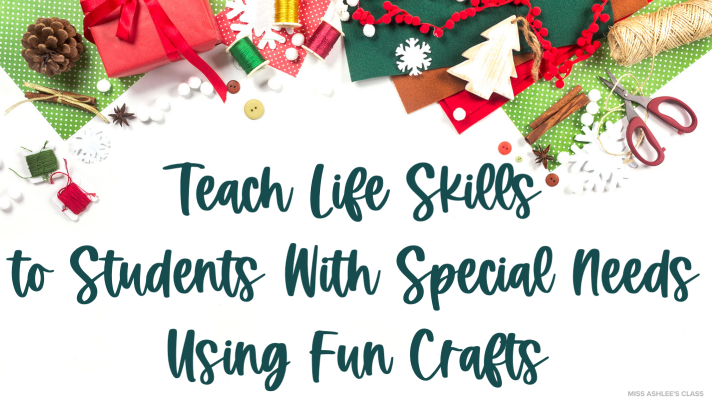
Teach Life Skills to Students With Special Needs Using Fun Crafts
Teaching life skills to students with special needs can be so much fun! I am always looking to incorporate teaching life skills through engaging activities that are fun, yet also challenging.
My students are always excited to do crafts around the holiday season. (Which can lead to a lot of preparation and planning on my part! LOL) This year, I got to thinking…
Planning and preparation are major life skills my students need to practice! What if I put my students in charge of planning and preparing the craft projects for the holidays? This will allow students to do crafts of their choice and take the pressure off of me to choose which crafts to do. Then, I will just have to lead the craft, but wait…
What if I have my students lead the crafts too? Now, they are not only practicing the planning and preparation of the craft, but they are also practicing leading a group, communicating with others effectively, and giving a procedural explanation! I can even incorporate technology by having my students do research for holiday crafts. They could even build a presentation to assist them in leading the craft. Perfect! Life skills and holiday crafts HERE WE GO!
Student Led Craft Project for the Holidays
I implemented this life skills activity for my students with special needs before Thanksgiving break, and they had so much fun! They learned a lot of valuable life lessons as well. This activity also provided me with an opportunity to learn about teaching life skills through project-based learning. At the beginning of December, my students will be doing the project again with holiday crafts. We will be able to see how much they have improved from their previous experience. I plan to have my students do this style of a project with different themes a few more times this year. It will be awesome to witness their learning and growth, and tons of fun for them! Who doesn’t love doing simple crafts!
Repeating projects like this throughout the school year using different themes can give you a great way to assess student growth for students with special needs. In turn, students also feel great about themselves when they get to witness their own growth in life skills. The feeling of accomplishment can be a great self-esteem booster for students in resource room classes!
One thing to keep in mind is I did this activity with my middle school/high school level students in an intense needs resource room. My students in this class have a variety of ability levels. I was able to make modifications and adapt this project to match each student’s ability level. This provided them with the opportunity to have ownership over their project.

How to Implement a Student Led Craft Project
For the purpose of this blog post, this activity is centered around holiday crafts in December. Keep in mind you can do this type of project for crafts any time of the year!
Step 1: Research and Choose a Holiday Craft
The life skill focus for this step is staying on topic and researching a topic of interest.
A few things here… I asked students to stay on topic with the holidays in the month. So for December, they can choose Christmas, Hanukkah, Kwanzaa, New Year’s Eve, etc. We will not be making Valentine’s Day crafts in December!
Allow your students time to research holiday crafts. This may be an area that is new for students in your classroom. I found researching a topic to be quite difficult for some of my students. It can be helpful to provide your students with an example of how to research a topic using keywords. You can also demonstrate how to read through an article to check for timing, supplies, and level of easiness.
After students have spent some time researching crafts, they need to choose one. I requested they ask for teacher approval before moving on to the next step.
A quick tip: If you are working with a younger group of students, or prefer to have more control over the crafts being chosen, you could provide your students a list of “teacher-approved” crafts. This will also allow you to make sure you have the necessary supplies.
Step 2: Make a Supply List
The life skill focus for this step is planning and preparation for an activity.
After students have chosen a craft, it’s time to make a supply list. They can do this on a sticky note, piece of paper, or Google Doc, etc. This is mostly dependent on your comfort level with technology integration. On the list, they should include all the items needed for the craft. If the craft requires a template, they should be sure to list it and print it out. I recommend reminding students to make sure they list enough supplies for each student in the classroom to make the craft.
Once students have made their lists, they need to gather the supplies. If you are comfortable with students looking through your cabinets for craft supplies, I suggest giving them an empty tub and having them gather the supplies independently. For a younger group, you can ask them for the supply list and you can gather the supplies for them. Be sure to ask students to provide you with a list of supplies that are not found in the classroom so you can add them to your shopping list.
A quick tip: You can adjust the type of crafts students choose to meet your readily available craft supplies or what you are willing to purchase for the project. Let students know ahead of time your expectations for usable supplies.
Step 3: List the Directions
The life skill focus for this step is procedural writing or writing directions to complete an activity.
This step can be done in many ways. To save time, you can have students read the directions straight from the article they are using. We did this with our Thanksgiving Crafts, and I found it to be a little confusing for some of my students. Especially, if the craft they chose was from a blog post. This month I am having students type out the steps in a Google Slide Presentation, one direction per slide, to share with their peers as they lead the project. Preparing the presentation ahead of time will help students be more familiar with the steps of the project. (It also targets standards by summarizing informational text.) Students could write out the steps on note cards, paper, or copy and paste them into a Google Doc as well.
Step 4: Practice
The life skill focus for this step is to practice leadership and accept feedback for improvement.
Have students practice reading the steps of the craft. You can do this in several ways:
- Practice with a teacher independently and provide feedback
- Record a video or use FlipGrid to submit a video and provide feedback
- Practice with a partner and allow time for student feedback
A quick tip: I like the video option the best because students can submit the video to you providing evidence they have practiced. You can also provide them feedback in person or online through comments before they lead the craft to their peers.

Step 5: Student Led Crafts
The life skill focus for this step is leadership, effective communication, and responding to questions or clarifying directions.
Here is the chance for students to demonstrate their leadership skills! Have students take turns leading their crafts from start to finish. (I even participated in the crafts as a student! It was a lot of fun to be a student again!) I made sure to ask questions and offer suggestions as needed. It was a great opportunity for students to have ownership of the activity.
At the beginning of the project, I explained to students we would be doing these crafts the week before Holiday Break. I gave them a deadline to have their craft planned, prepared, and practiced so I could provide feedback and give time for students to make changes. Once students completed this part of the project, we looked at my lesson plans and scheduled a time for their craft during the designated timeframe. This allowed us to spread out the crafts throughout the week. As a “buy-in” for the project, I told my students if they did not complete the project by the deadline and get their craft scheduled in my lesson plans, I would have to fill those blocks of time with academic work. LOL
A quick tip: For students with more intense needs, you can provide the level of assistance they need in order to demonstrate leadership and ownership over the activity.
Step 6: Provide Feedback
The life skill focus for this step is to be able to accept corrective feedback or constructive criticism in a positive manner.
After each student completes a craft, it’s important to provide feedback on what went well and suggest areas for improvement. I made a simple rating scale in which I rated each student on the life skill focus for each step of the activity. This is the assessment tool I plan to review with students prior to the next craft project. This tool can also be used to assess student growth.
What I Learned from Student Led Craft Projects
Simple life skill tasks, such as researching a topic of interest or making a list, need to be taught to students with special needs. The life skills that may come easy to us as teachers are not quite so simple for our students. Our students can learn a lot from us about how to navigate planning, preparation, and leadership through fun, engaging activities. After all, those are the skills we must excel in as teachers in order to be effective. Modeling how we accomplish our goals and plan for our classroom is a valuable asset to teaching life skills to students with special needs.
Overall, I was super pleased with this project-based learning activity, and my students loved it! We all learned a lot and it was a great experience for students to take ownership over some classroom activities!
I hope you have the chance to give Student-Led Craft Projects a try!

Check out my TPT Shop for more fun holiday resources!

Need a Holiday Writing Activity? CLICK HERE to check out this blog post for an engaging Reindeer Stroy Writing Activity!

- Resource Room
- Paraprofessionals
- IEP Masterclass
Morning Work Ideas for Special Education
Morning work may not always be the most exciting part of the day for students (or special educators). However, it is an important part of the daily routine, especially in the special education classroom setting. Morning work can help students review previously learned skills, get focused and settled for the day ahead, and provide a consistent routine.
Sounds great, right? But there are important considerations when setting up a morning routine for your students.
One factor is student arrival time. We struggled with students arriving early, late, and anywhere inbetween. That means students may have almost half a hour to engage in a morning activity, or maybe less than five minutes. It was very difficult for many of my young students to see a creative activity taking place and then realizing they weren't going to have the opportunity to participate. That's not a great way to set a positive tone for the day ahead!
Another important factor is sustainability. We want to choose activities that will (hopefully) be able to continue throughout the school year. That doesn't mean our students will be doing the same morning activity for 180 school days, but that the routine remains as intact as possible.
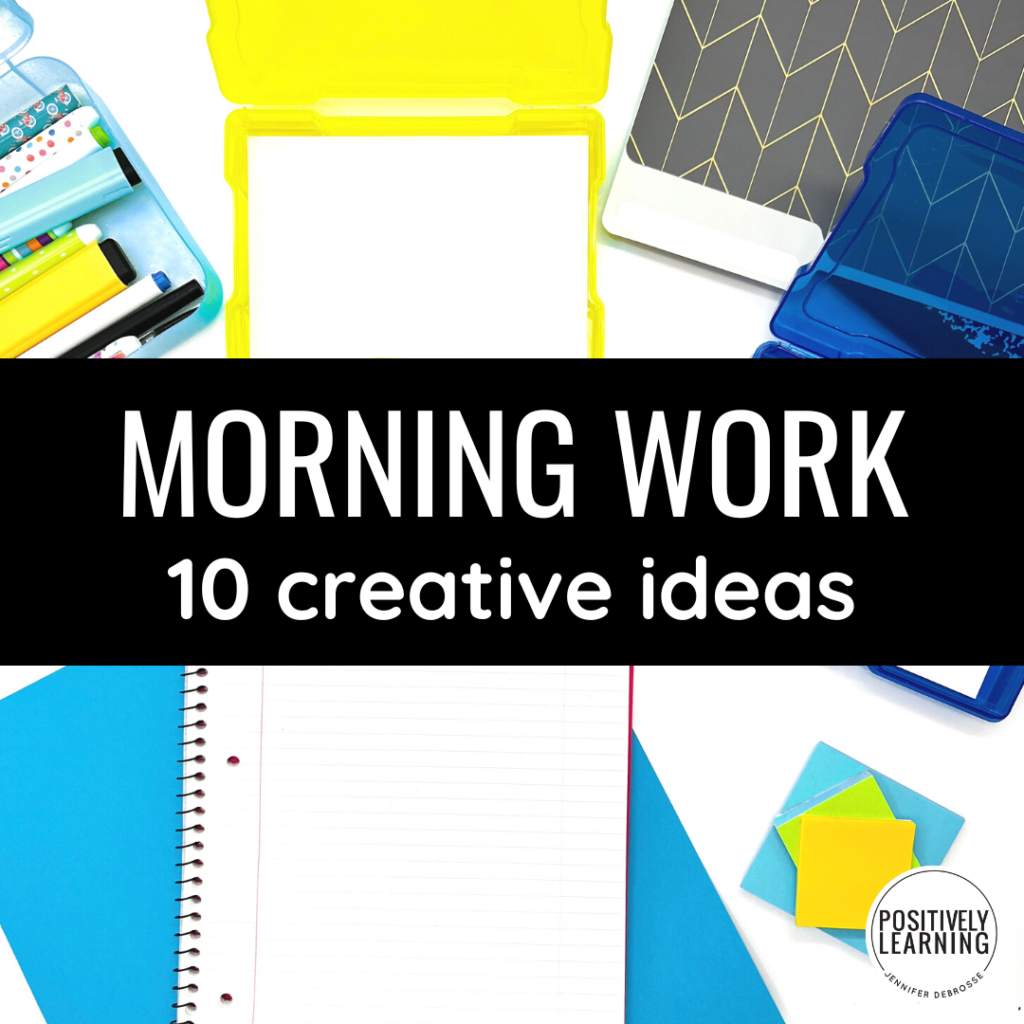
Classroom morning routine activities are still well worth setting up in the general education or special education resource room. These same morning work activities can also be used throughout the school day for early finishers, independent work systems, extra time at the end of the day, or even for indoor recess!

Keeping in mind various levels of students' needs, independence level, and arrival times, here's TEN creative morning work ideas to get you started!
Incorporate Technology
Incorporating technology into morning work is a great way to engage students while still reinforcing important skills. There are tons of great apps and websites out there that can be used for morning work. Elevate, Flocabulary, and Zearn are just a few options. Or, you could have them complete a digital scavenger hunt using Google Images. The possibilities are endless!
Create a Morning Work Station
If you have the space in your classroom, creating a morning work station is a great way to make morning work more fun and engaging. This can be as simple as setting up a table with different materials and activities for students to choose from. For example, you could include items like mazes, dot-to-dot sheets, puzzles, and other fine motor skill activities. Giving students choices will help them feel more in control and invested in their learning. This Fine Motor Binder Activities features 1500 pages – simply print and add to the station!
Incorporate Brain Breaks
Everyone needs a little break now and then, even during morning work! Incorporating brain breaks into your routine is a great way to reenergize your students and prevent burnout. Brain breaks can be anything from a brief yoga sequence or stretching exercises to dancing along to a favorite song or playing a game of Simon Says. The key is to make them active so that students can release any excess energy and refocus when they return to their assignments.
Make It Hands-On
Most people learn best by doing, so making morning work hands-on is a great way to engage learners of all types. If possible, try using manipulatives or real-world objects whenever possible rather than relying solely on worksheets or paper/pencil tasks. For example, if you're working on basic math facts with addition and subtraction, have students use blocks or LEGOs to build towers or other structures according to the equation they're solving. Not only is this more fun than filling out a worksheet, but it also allows students to see math concepts in action which can aid in their understanding. These Busy Bins are a perfect addition for a “soft start” to the morning routine!
Morning Work Pages
The last suggestion was to SKIP the paper, but sometimes that's exactly what students need – more time to grow in independence and build stamina with writing tasks. That doesn't mean it has to be dull though, these 300 No Prep Independent Work Pages are perfect for primary students to follow directions with fine motor writing.
Independent Reading
Spending quiet time with a book is one of the most important things, yet often is overlooked when the school day gets busy. Morning arrival time could look like a chance for students to visit the classroom library, exchange books, and get cozy with a great story. Don't forget using audio books! We found these reading activities to be especially helpful when we were noticing huge differences in student arrival times.
Calendar Skills and Visual Schedule
One school year, I worked with a small group of students who benefited from using a picture schedule. This quickly became the first thing we did as part of our morning meeting routine. With the use of visuals, we reviewed basic skills (days of the week and date) and our “to-do list” for the day ahead. This could easily turn into a whole group activity with students participating in a more traditional calendar time with classroom jobs, weather reports, and basic number sense review. Check out this blog post about creating free Picture Schedules .
Morning Message
There are so many options for including a daily morning message, depending on if you're working with younger students, middle school, or multiple grade levels. The message could be based in social emotional learning, critical thinking, or a question of the day. Consider making it low prep by incorporating a smart board display with students responding using different options (independent writing journals or a digital version).
Daily Writing Prompts
Over many years of teaching, independent writing was probably my favorite morning activity! This involved a simple prompt displayed for students to see when they entered the classroom. They responded in their own journals and at first, I wasn't quite sure if this was a good use of our time. Luckily we stuck with it! When you compared the student output from the beginning of the year to the end, it was truly AMAZING to see the emergence of student writing. If you're looking for a differentiated option to meet different levels of writers, check out these Picture-Supported Writing Prompts .
Independent Work Systems
Do you already use task boxes, adapted binders, or a file folder system? One huge benefit is that students are already familiar with the routine of using these engaging activities. These tasks could cover a variety of skills, from basic life skills to early academic skills practice. We used these independent centers on a daily basis! Check out these low prep activities here: Task Boxes for All Year .
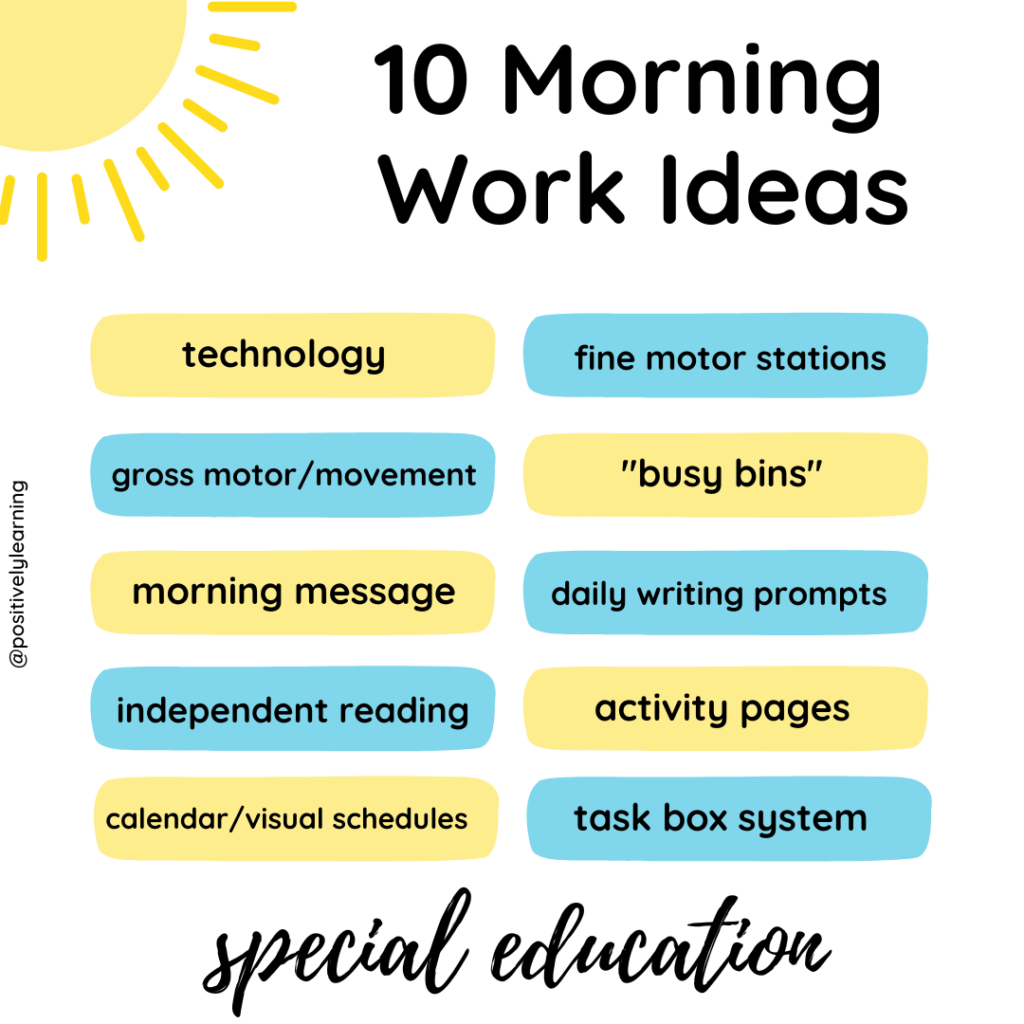
There are lots of different ways that you can spice up morning work in the special education classroom setting! Which idea will you incorporate first?
What other creative ideas do you have for morning work? Share them in the comments below!

I'm Jennifer!
I’m Jennifer and I was a special educator in the elementary school setting over the past decade. I entered the classroom every day dedicated to making learning inclusive AND engaging.
On the Blog

In the Shop
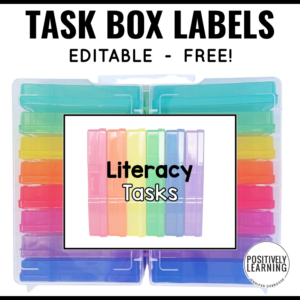
Task Boxes Free Labels for Classroom Organization

IEP Progress Report Card Comments

Classroom Routine Rubrics

- Privacy Policy
- Special Education
- Reading Intervention
- Organization
- More Topics
- Data Collection
- Teacher Gifts
- Shop on TPT
- Free-Sources

Differentiation delivered to your inbox
This website uses cookies to ensure you get the best experience on our website. See full disclosure here.
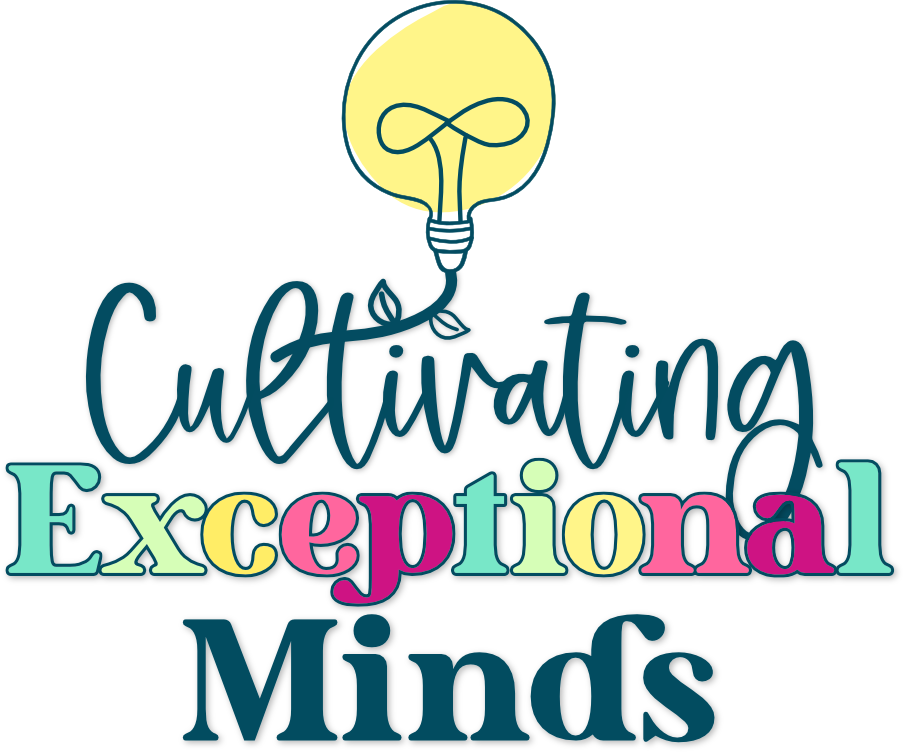
Special Educator Survival Guide
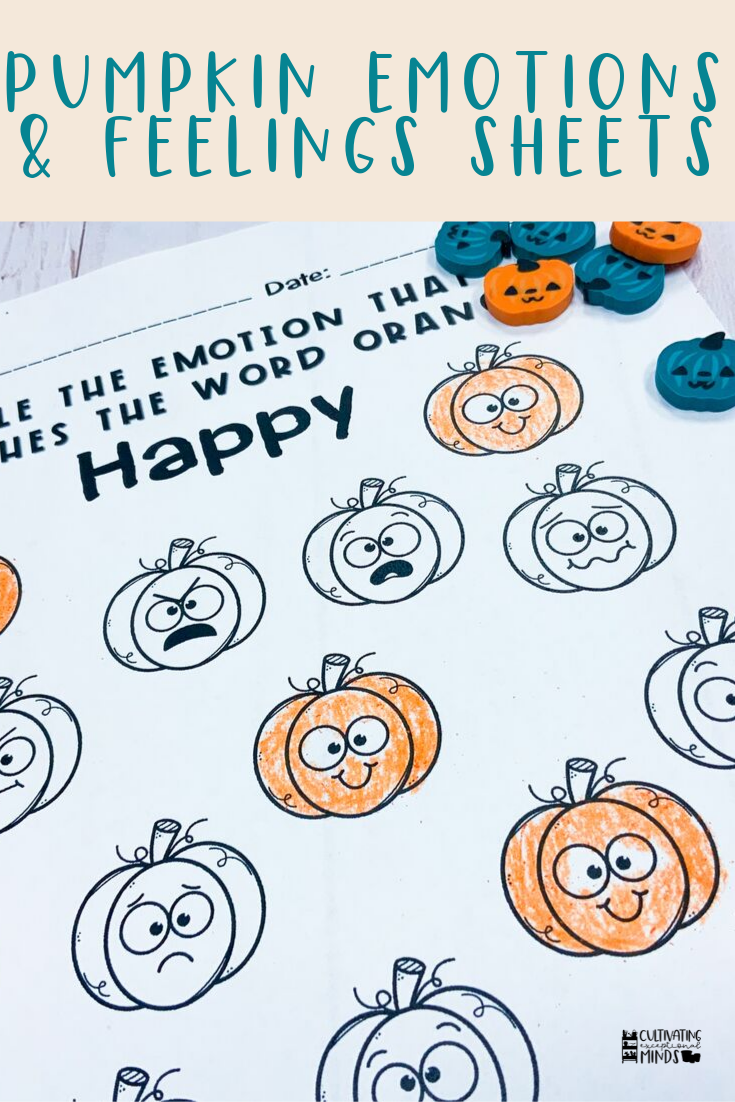
15 Fall Activities in special education
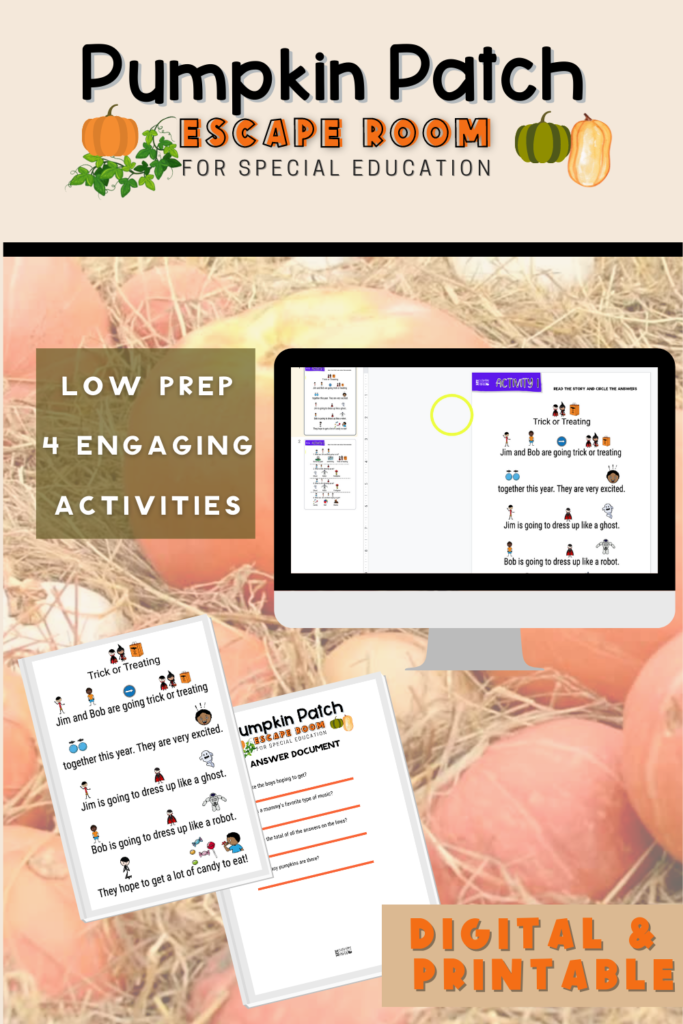
The feeling of crisp, cool air and changing colors of the leaves make us feel like sweater weather, boots are right around the corner and you need some fall activities? Fear not, these fall activities, pictures and craftivities are just for you
Is fall weather your favorite season? It is definitely mine. It’s a time of year that the temperature cools down and football is everywhere and the leaves change colors. In addition, this time of year is also perfect for lots of great fall activities in special education.
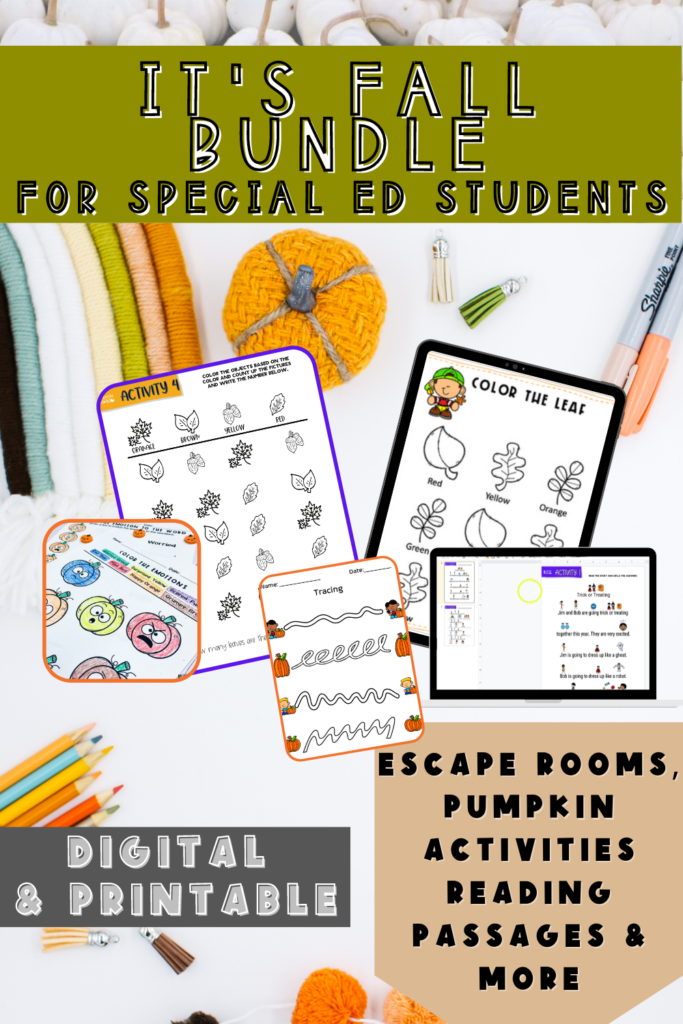
Craftivities for the fall
With the leaves changing colors some fall activities in special education that kids enjoy doing include:
- Happy Fall Suncatchers
- Fall Leaves Crowns
- Tissue Paper Leaf Craft
- Fall Bracelets
- Fall Dot Marker Sheets
- Magic Color Leaves
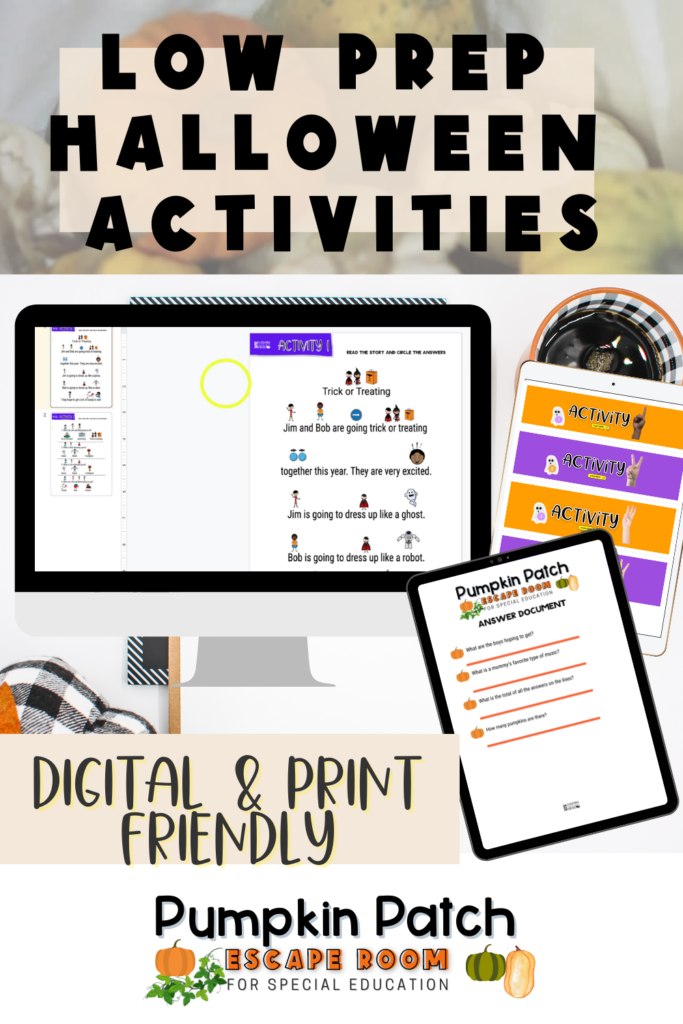
Fall picture books
Also, some awesome books to read during this fall season include:
- Goodbye Summer, Hello Fall
- There Was An Old Lady Who Swallowed Some Leaves
- Too Many Pumpkins
- Pete The Cat: Five Little Pumpkins
- Counting On Fall
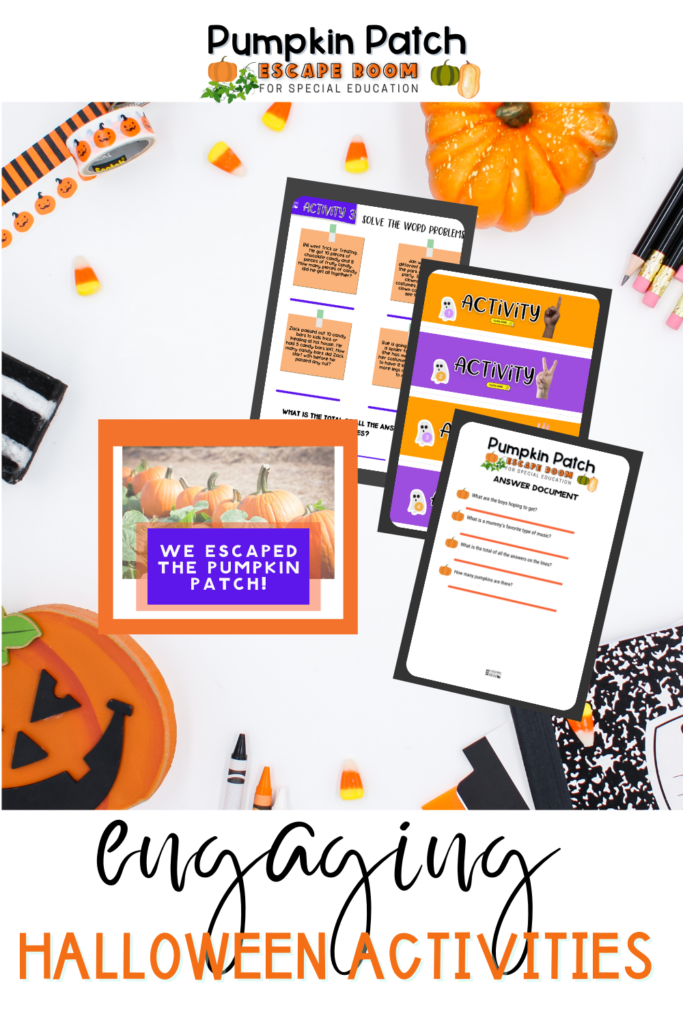
Teaching Social Skills Around in the fall
Next up, emotions can be hard to deal with, am I right? Use these pumpkins and spider social skills activities to help students overcome and express their feelings this fall season. Social skills is taught daily. It can add some fun fall emotion and feeling activities to help reinforce and teach emotions and feelings . Kids can match the pumpkin’s/spider’s faces , have writing prompts about different emotions, and read two versions of an emotional story. The fall activities in special education are low prep.
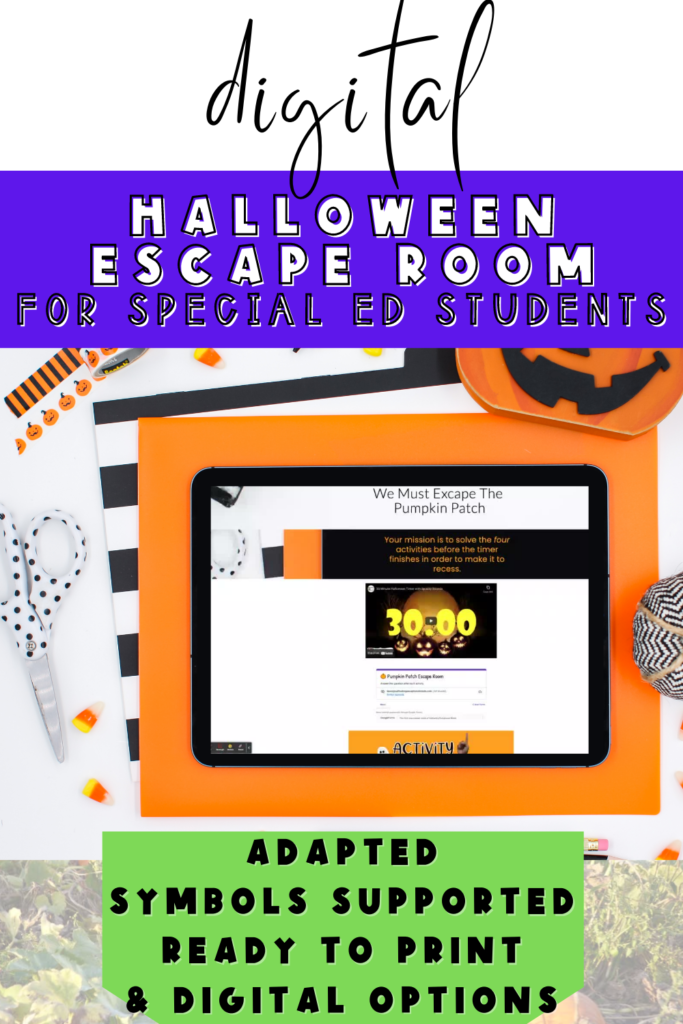
Also, the pumpkin and spider emotions are also a great way to talk about how kids are feeling about fall activities in special education. It lends itself to talk about things are they maybe
- excited for
- Worried about
- Happy to dress up as
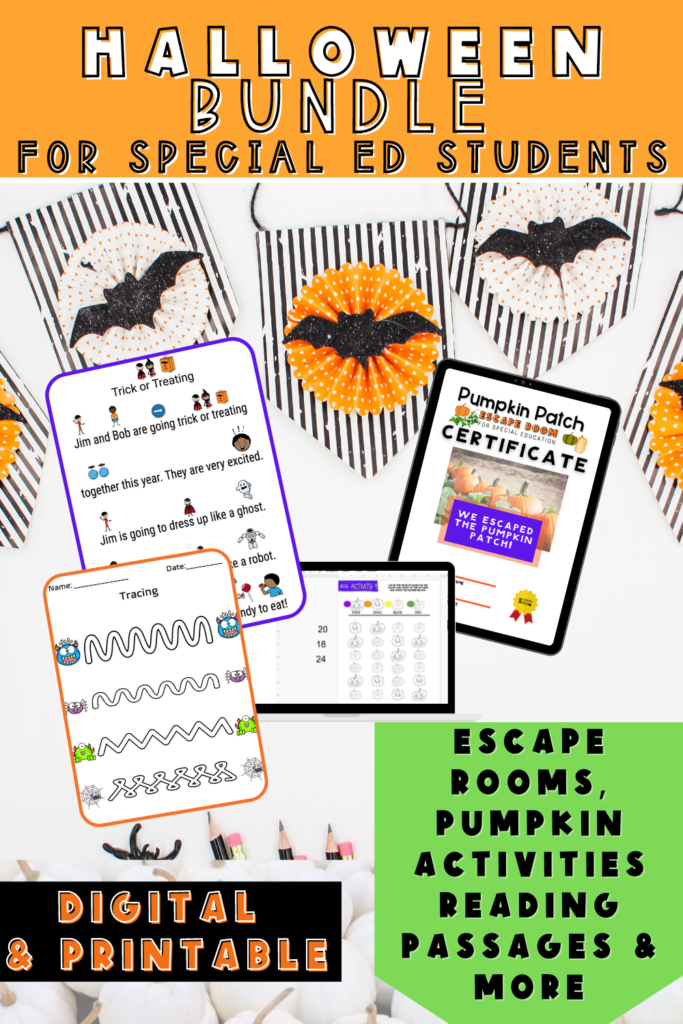
Also, This letter and number worksheets are great for centers, seatwork, and even emergency sub plans. In addition, they are engaging and great for reinforcing and maintaining basic skills. No matter if you are in a preschool, special education or general education setting, these are perfect.
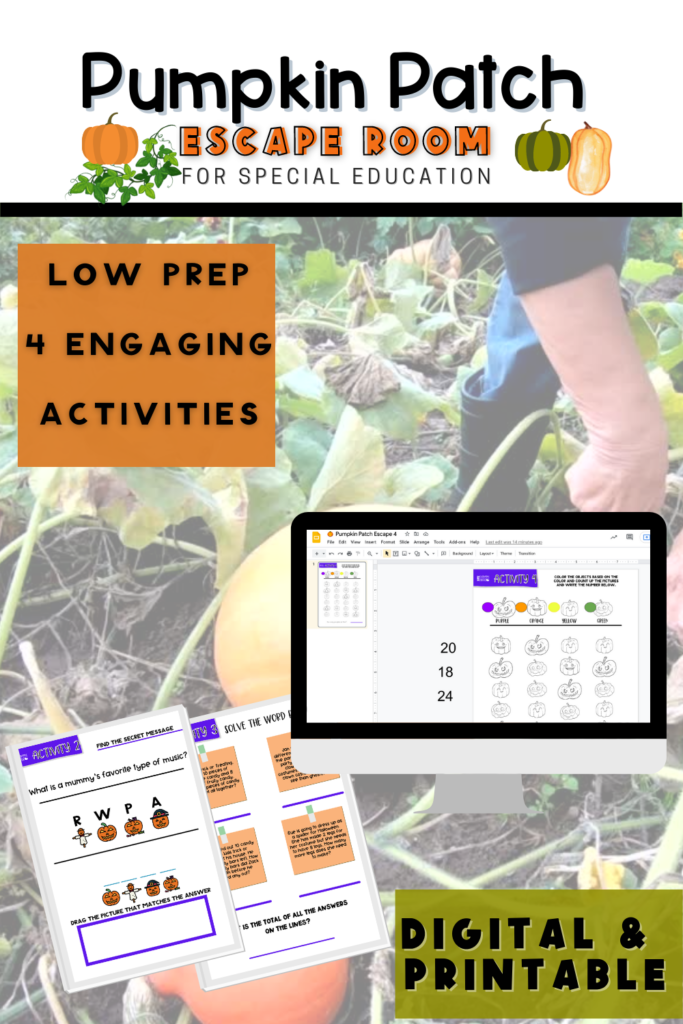
Finally, Fall is here. Which means Halloween is close by. Don’t forget to check out this blog post for Halloween activities perfect for kids of any age.

YOU MAY ALSO ENJOY...

I love your adorable fall resources and all of the recommendations! I am set for fall activities now! Thank you so much!
So many fun and creative ideas you’ve shared for this time of year! I can’t wait to try out some of these in my classroom. Thank you!
These are perfect ideas for bringing the cozy fall feeling into the classroom! I’m obsessed with the pumpkin and spider emotions activities. Thanks so much for sharing!
I love fall! My students will definitely enjoy the social spider activity! Thank you so much for sharing. You are so creative!
I love these activities. It is so important to teach emotions to our kids and let them know it’s okay to have feelings. I love how these activities are fall themed and for Halloween. Thanks for sharing!
These are so cute and great ways to enjoy the fall and teach different feelings! I am actually working on something similar for online ESL teachers.
I LOVE craftivities…especially as a parent. It’s so great when you can see the learning attached as an adult, but your child just knows they had fun making something they’re proud of.
Comments are closed.

follow on Instagram
Copyright © 2024 cultivating exceptional minds | site design by laine sutherland designs.
5 Great Math Card Games for Special Education Learners
- Categories : Inclusion strategies for mainstreamed classrooms
- Tags : Special ed information for teachers & parents
What You Need
For this set of activities, the ‘what you need’ list is happily brief! But as one of your grab bag of special education math strategies, the possibilities are endless! You simply need one pack of playing cards. Take out the picture cards (King, Queen, Jack, Ace) but leave in all the number cards.Then get ready to play some great, fun math games for kids that will be enjoyed across age groups and ability levels.
Guess My Number
This is one of a host of fun math games for kids who are learning about problem solving, numeral placement, place value and concepts such as more than / less than. Choose a student to sit at the front of the room, and give them two playing cards. Tell them not to show the cards to anyone else.
The other students have the task of guessing the number on the cards, by asking questions. The teacher or another student records the number of guesses it takes to guess the number. The student at the front can only answer yes or no. (eg. Is it higher than 50, is it lower than 20?) The student at the front is allowed to order the cards whichever way they choose to make a two digit number (eg. 4 and 6 makes 46 or 64).
Place Value
Give students three cards each, and ask them to arrange the cards to make the biggest number they can. For example, the cards 3, 4 and 6 can make the numbers 346, 436, 643, 634 etc. Students need to work out the strategy of placing the biggest numeral in the hundreds column and so on through to the units column.
This math card game is another of the great special education math strategies to have in your grab bag if ideas. It encourages learners who struggle with place value to develop their skills in a fun and age appropriate way. It has the benefit of being one of those fun math games for kids who need concrete tools to help them understand number value.
More Place Value
This math card game is simply the reverse of the one above. Students need to arrange the cards to make the smallest number possible which has three digits. Either of these games can be adapted by using more or less playing cards (and so make two digit or four digit numbers).
Odds and Evens
Pair students and give each pair about ten to fifteen playing cards. Set a stop watch or timer to see how fast the pairs of students can sort the cards into two groups – one for odd numbers and one for even numbers. Remember to check for accuracy though – you may need to deduct points for pairs who make errors, or award bonus points for pairs who get all the cards sorted correctly.
You can modify your special education math strategies to cater for different student needs with this math card game. Try giving each pair more or less cards, or using different sorting categories such as reds and blacks, or numbers that are or are not divisible by three.
Teamwork Challenge
Give each student a single card, then divide the class into two teams. Ask each team to see how fast they can organize themselves into a line across the room from highest to lowest card numbers. Award points or prizes for the team members that can organize themselves into order the fastest. For more information about teamwork activities in special education, try this Bright Hub article .

IMAGES
VIDEO
COMMENTS
We have a lot to do, create, and remember! Let's face it, we need to find ways to make our jobs as special education teachers more manageable. To make your job at least a little easier, I've picked up 12 sites that will help solve this or that issue more effectively. 1. Naset — promoting the profession.
As of 2020-21, 14.5% of all U.S. students were special education students (ages 3-21). ... TPT: Free Special Education Lessons and Activities Created, tested, and rated by your fellow teachers, these free special education resources are searchable by subject, grade, standards, and formats. ... ad-free site that focuses on making reading and ...
Camp BuddEConnect - A virtual summer camp for children with special needs, Camp BuddEConnect runs 5 days a week for 3 hours a day with seven one week sessions staffed by high school and college students. The activities are focused on fun, socialization and engagement with virtual activity cabins including music, games, film, arts & crafts ...
First, set up the cups in a cluster to create a triangle or square. Then, have the students toss large cotton balls to aim for the open cups. You can designate a points system based on where the cups are situated in the cluster. Or you can set the cups up in a bowling ball formation and have students throw the cotton balls into the cups.
Little Alchemy 2. This deceptively simple game is actually a lot of fun. Kids (and teachers!) can experiment with combining different elements, such as fire or dirt, to create something entirely new. It encourages creative thinking as well as knowledge of the world around us.
Social Skills Bingo. Social Skills Bingo is a game that combines fun with learning social skills. Teachers can create Bingo cards with social skills tasks or scenarios such as making eye contact, saying "thank you," or asking a question. As students complete each task, they mark it on their Bingo card. This game encourages students to ...
5 - Prodigy. As an adaptive math game, Prodigy is known for engaging students and giving them the personalized math practice that they need to succeed. The Prodigy Basic plan is free and includes classroom reporting and core gameplay features. There are two other tiers of membership if you want to add extra elements to your students' gameplay.
This website gives 150 sensory learning ideas, grouped by sensory areas, all using materials you can find at home. You can suggest activities for each student to do based on their sensory profile. If you prefer a book format, I really like the OT Barbara Sher's ideas as she uses simple materials you can find at home.
Plus, there is a great tip on how post-it notes can become one of your best planning tools. Part 2 is for teachers who prefer to plan online. I have a free airtable template to download, and a video to walk you through making the most of the free version of airtable. Part 1: Back to school planning on paper. Part 2: Back to school planning online.
Community Activities - Special Education. Browse teacher-created activities from our community of Seesaw Ambassadors and Seesaw Certified Educators. CHERYL WINBORNE. "The Present" Character Traits and Character Change. 14,592. Mrs. Shafer. "The Present" Character Traits and Character Change. 7,661. Courtney Cinque.
Special Education: Activities in the Classroom. Clear the Cobwebs! This lesson provides a fun way for students to brush up on material after a weekend or before a test. (Grades K-12) In this lesson, students explore the Braille alphabet and the contributions Louis Braille made to society. (Grades 3-6, 6-8, 9-12)
You can also add toys. 8. Play with dough, either clay or homemade. Use molds and have fun cutting and assembling shapes. Cookie cutters or large cups with large handles may be easier for your child to grasp. 9. Spend some quiet time playing with simple puzzles or making shape, colour, word or number cards.
Step 1: Research and Choose a Holiday Craft. The life skill focus for this step is staying on topic and researching a topic of interest. A few things here…. I asked students to stay on topic with the holidays in the month. So for December, they can choose Christmas, Hanukkah, Kwanzaa, New Year's Eve, etc.
A Cold Wind Blows. This game is great for helping special education students introduce themselves, pay attention to each other, and get a little exercise. You can play in a gym or outdoor area ...
Sensory bins - Grab a few small boxes and create a summer sensory station with different themes. Create an underwater setting with smooth, blue beads for the ocean, green felt for sea kelp, and small, marine animal toys. You can also 'take' a trip to the beach and use sand, small shovels and a variety of sand molds.
Adapt the following as necessary: Fact Web : Have students sit in a circle. Hold a ball of yarn and explain to students that they will share one fun fact about themselves, hold on to the end of the string and throw the ball to another student, who will then do the same. When all students have had a turn, they will see that they have created a web.
If you have the space in your classroom, creating a morning work station is a great way to make morning work more fun and engaging. This can be as simple as setting up a table with different materials and activities for students to choose from. For example, you could include items like mazes, dot-to-dot sheets, puzzles, and other fine motor ...
Social Stories. Finding a good social story to go with a book is a great activity for read alouds. Using a simple story with a clear message can open the door to various social skills. Here are some examples: If You Give a Pig a Pancake >> Borrowing vs Lending. The Very Grouchy Ladybug >> Everyone gets angry.
Teaching Social Skills Around in the fall. Next up, emotions can be hard to deal with, am I right? Use these pumpkins and spider social skills activities to help students overcome and express their feelings this fall season. Social skills is taught daily.It can add some fun fall emotion and feeling activities to help reinforce and teach emotions and feelings.
Place Value. Give students three cards each, and ask them to arrange the cards to make the biggest number they can. For example, the cards 3, 4 and 6 can make the numbers 346, 436, 643, 634 etc. Students need to work out the strategy of placing the biggest numeral in the hundreds column and so on through to the units column. This math card game ...